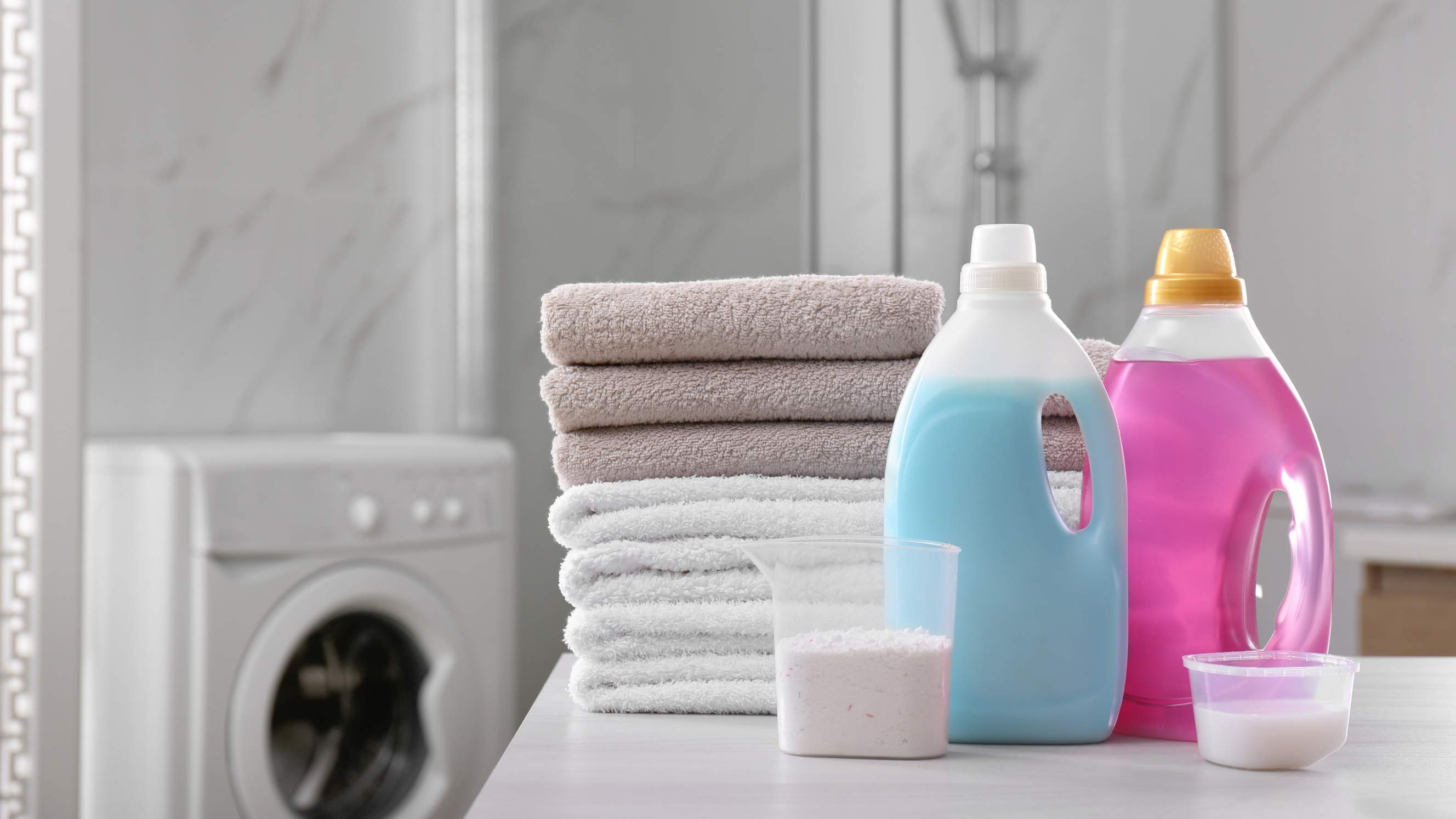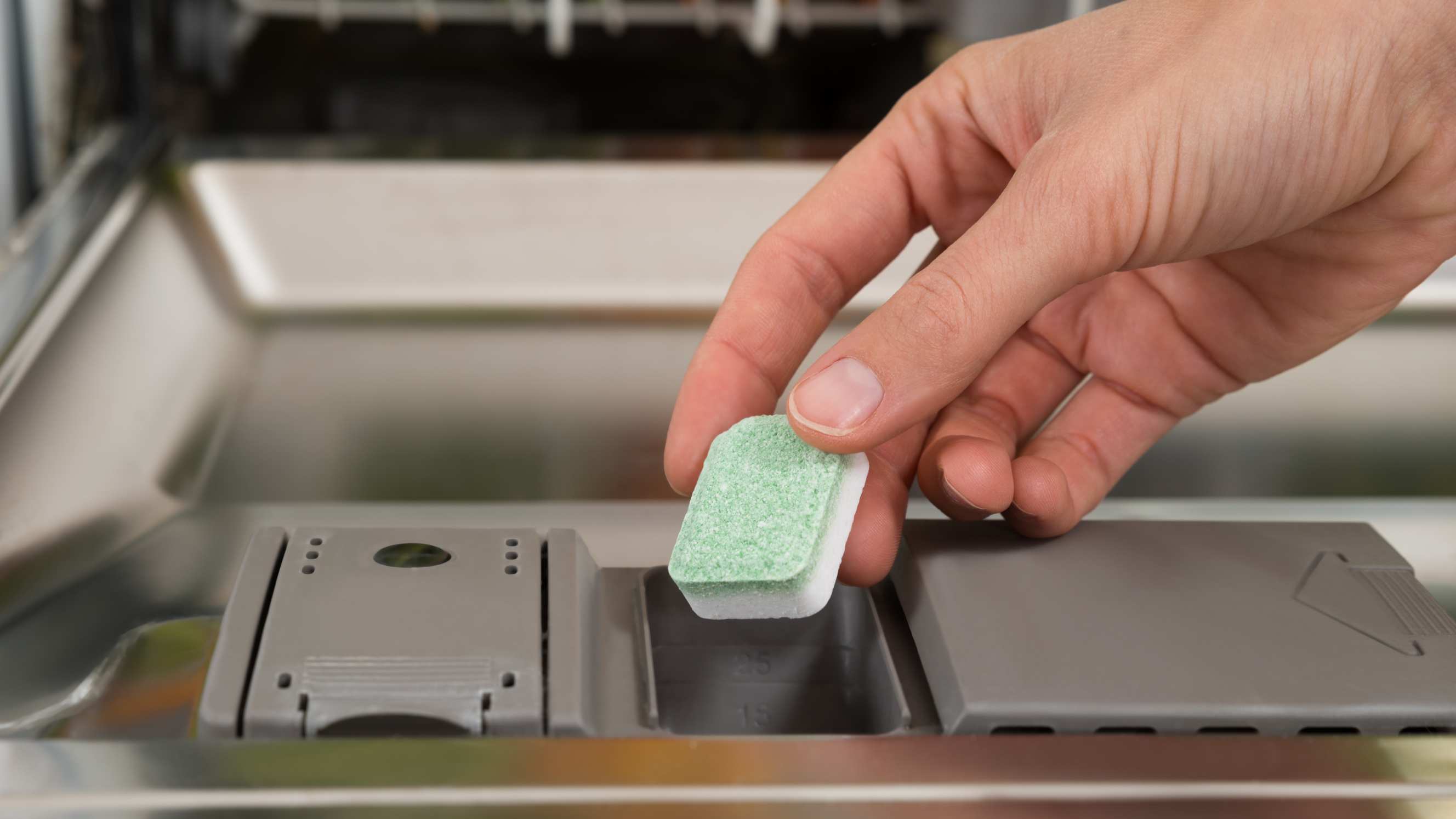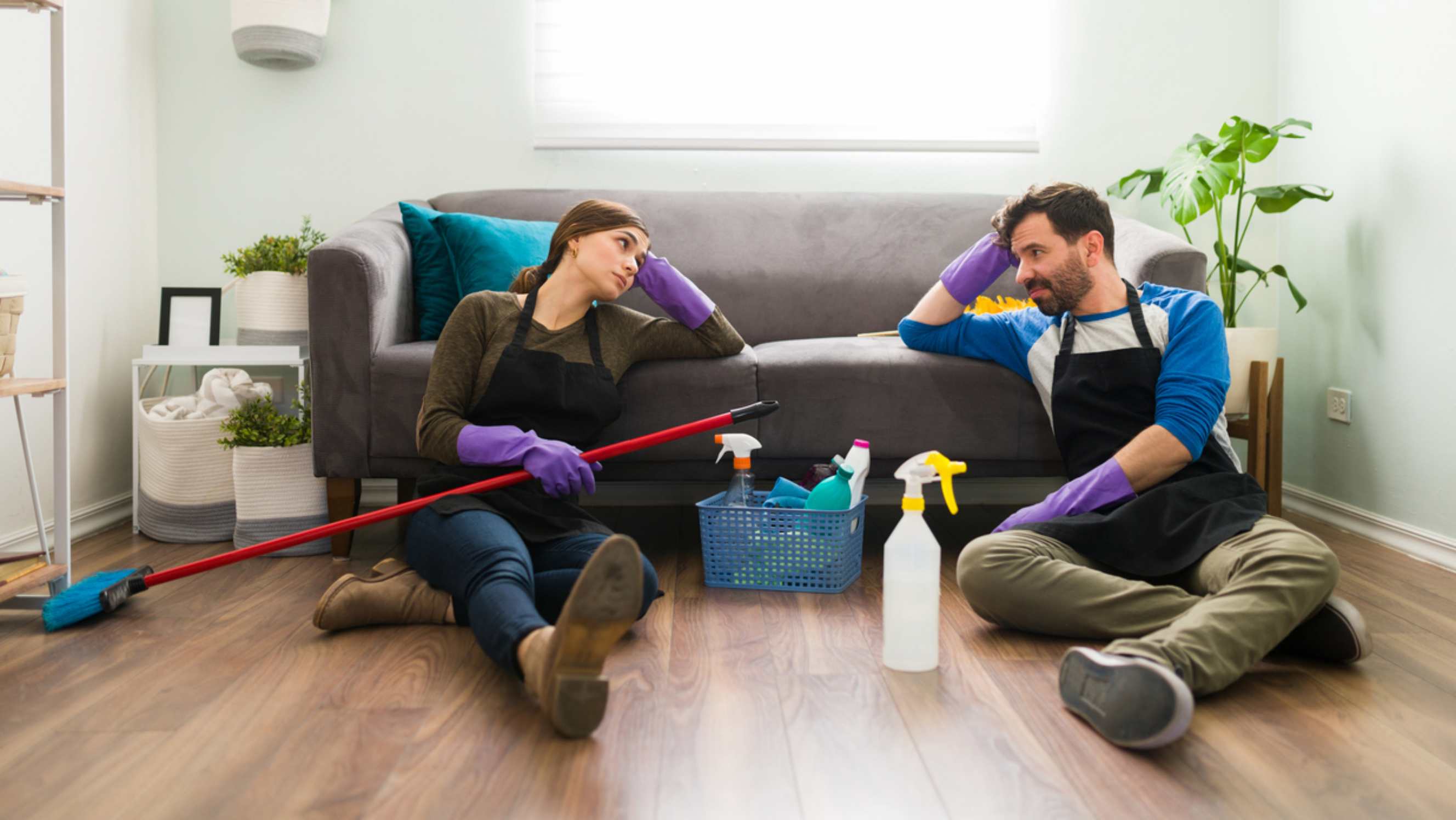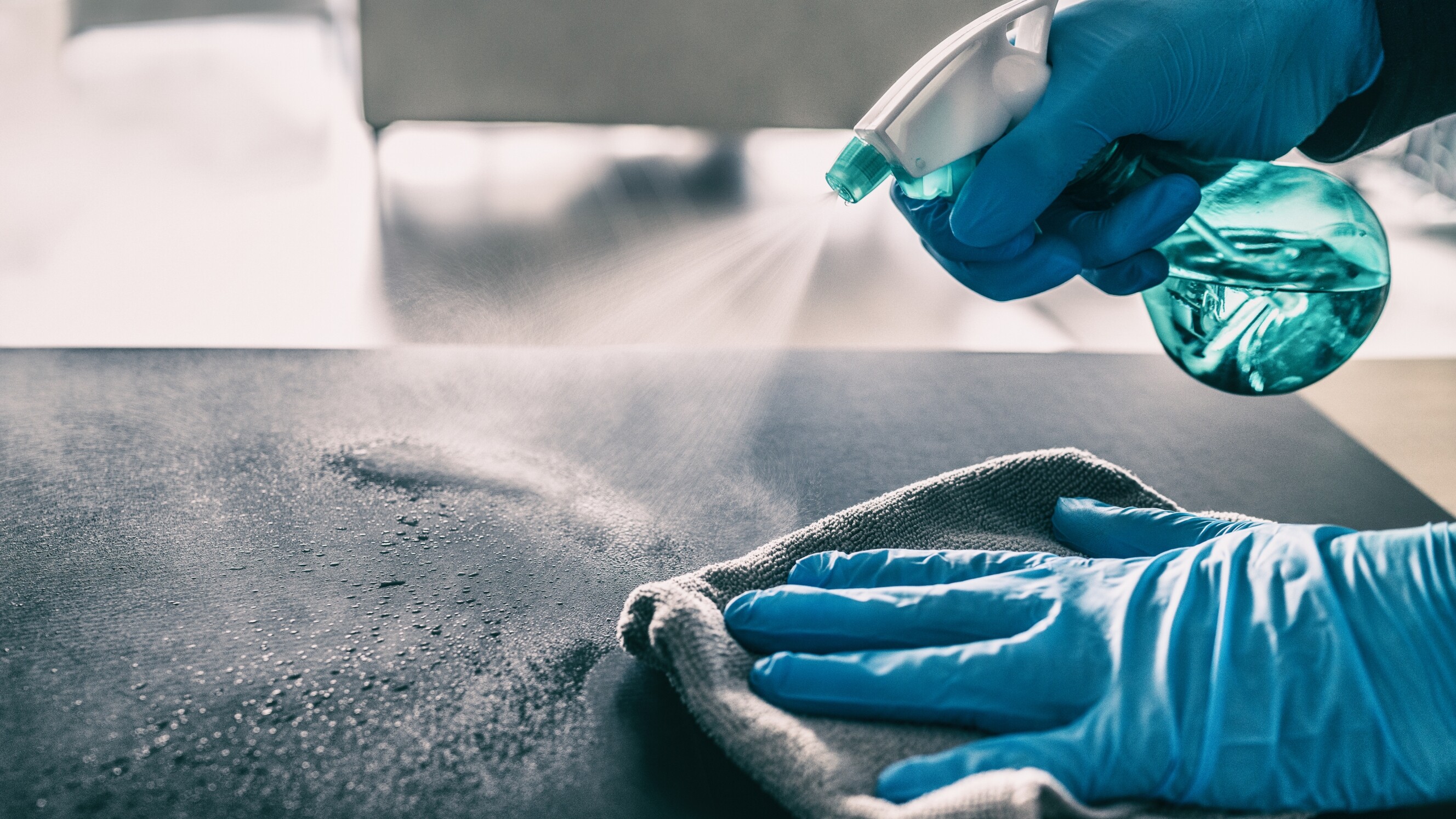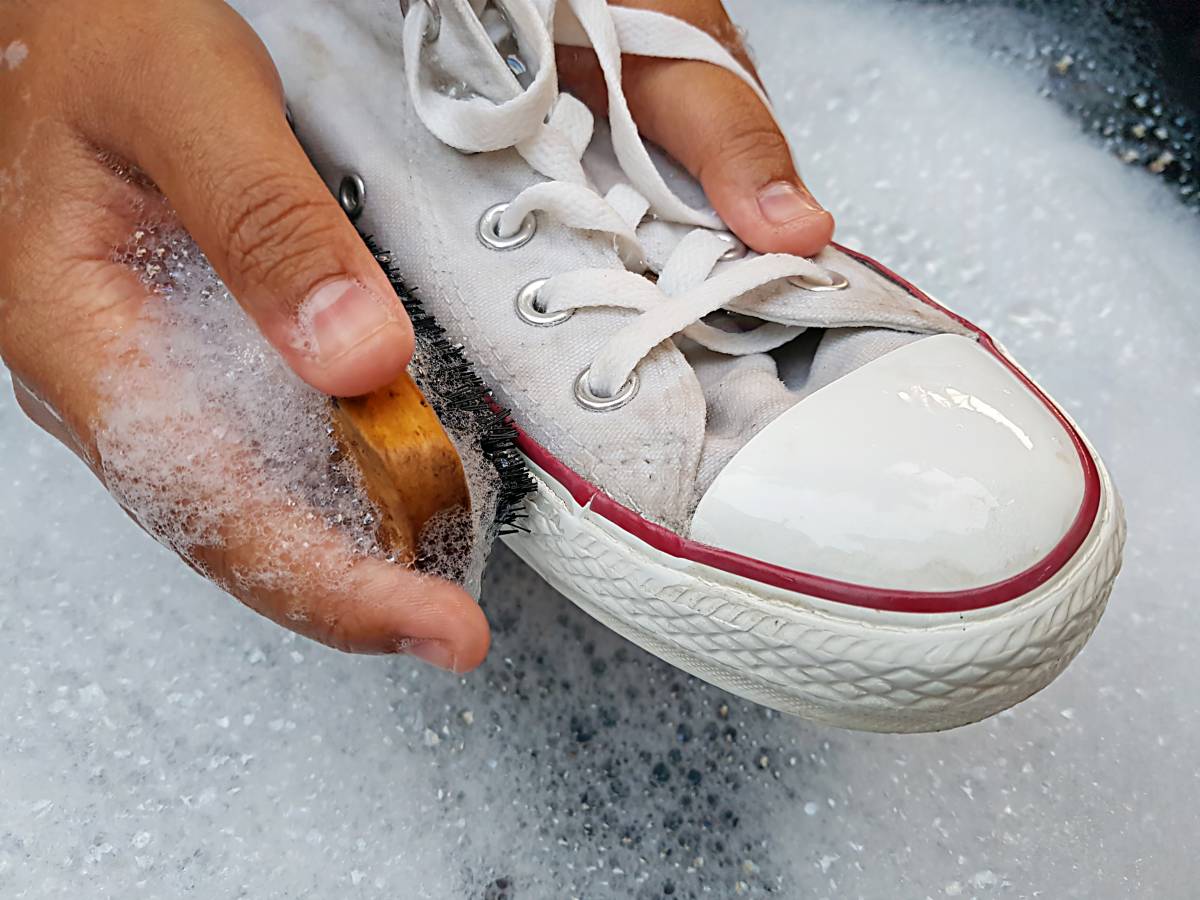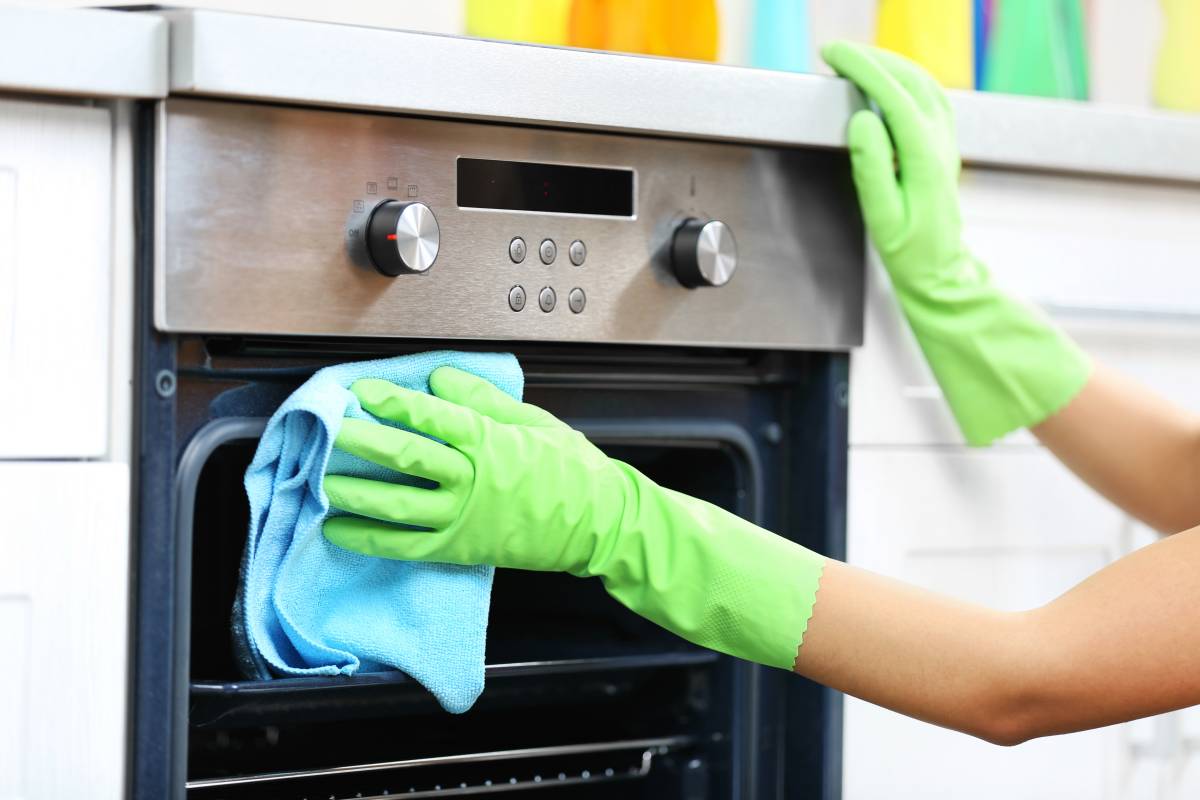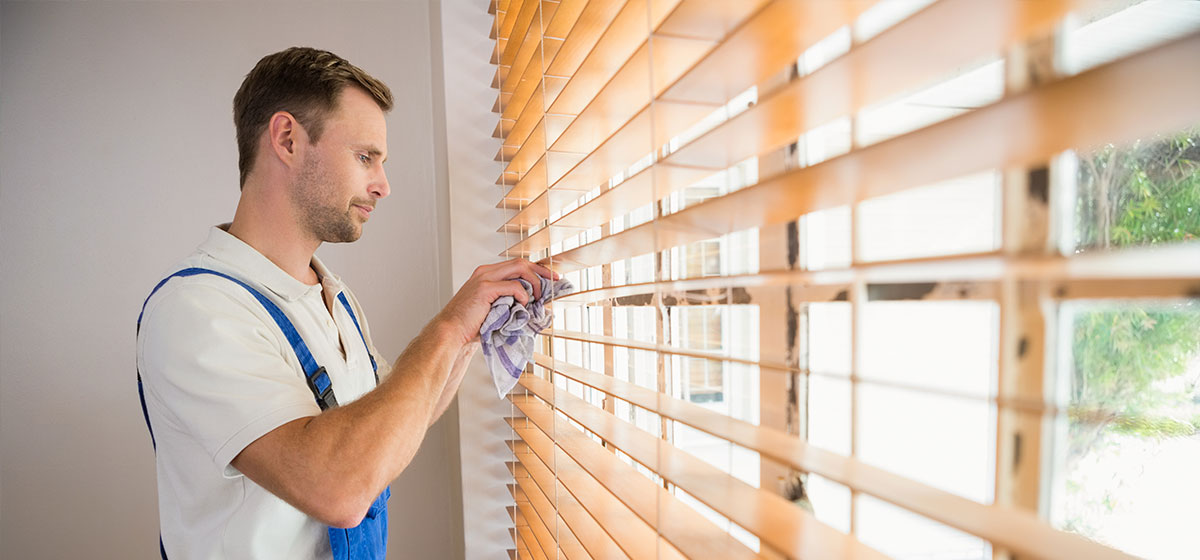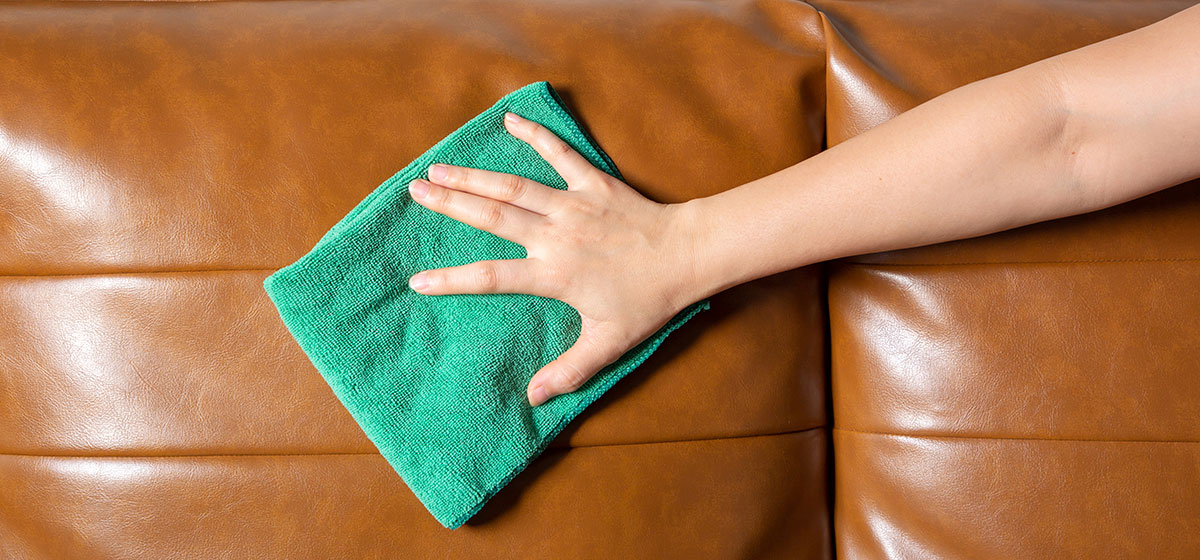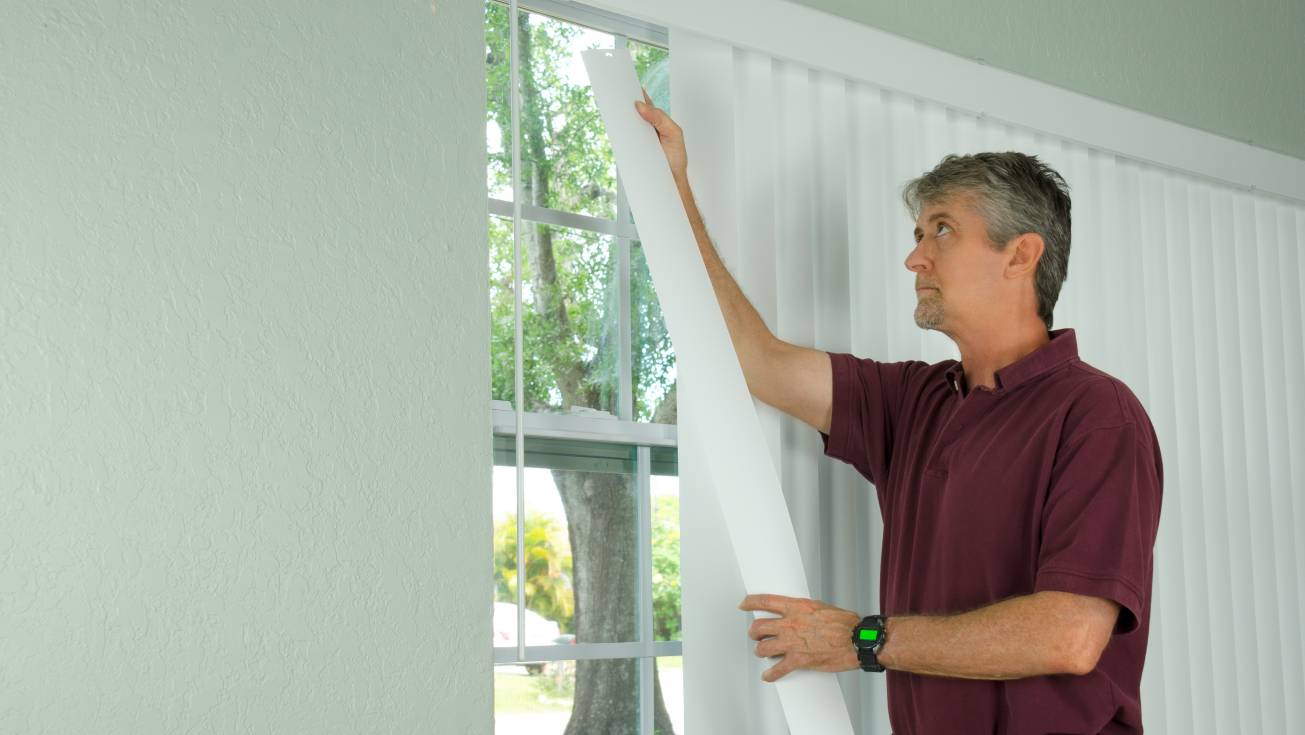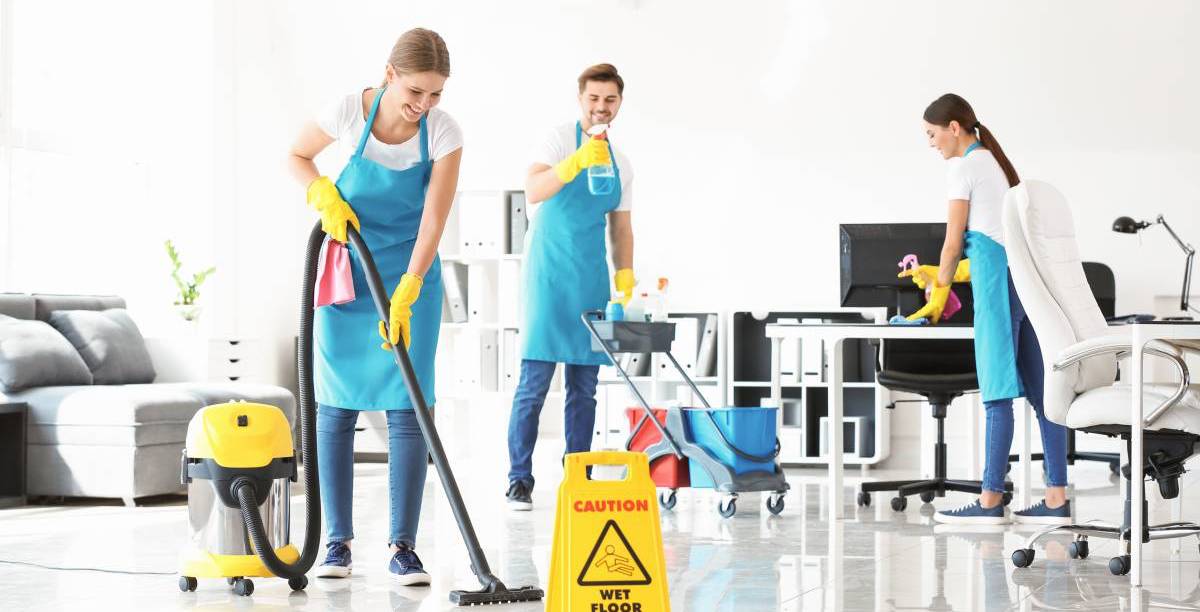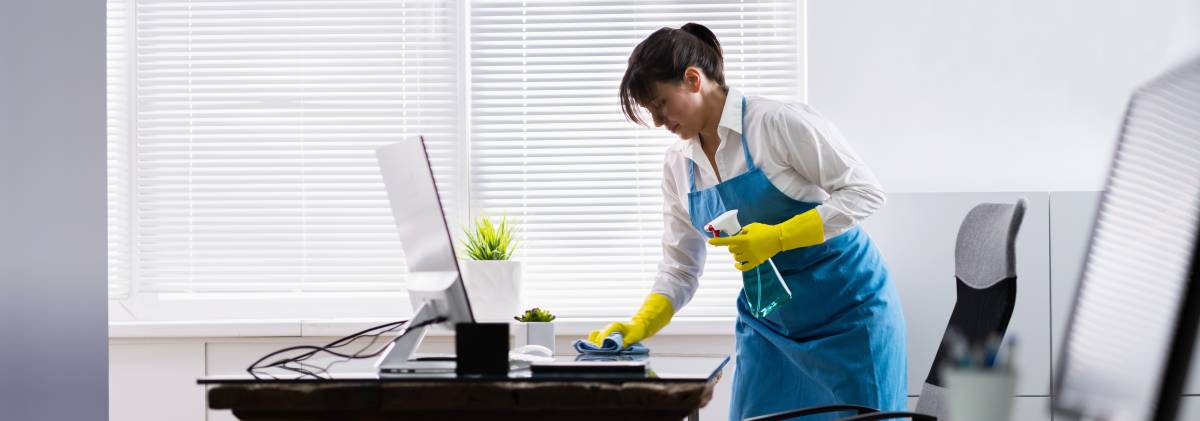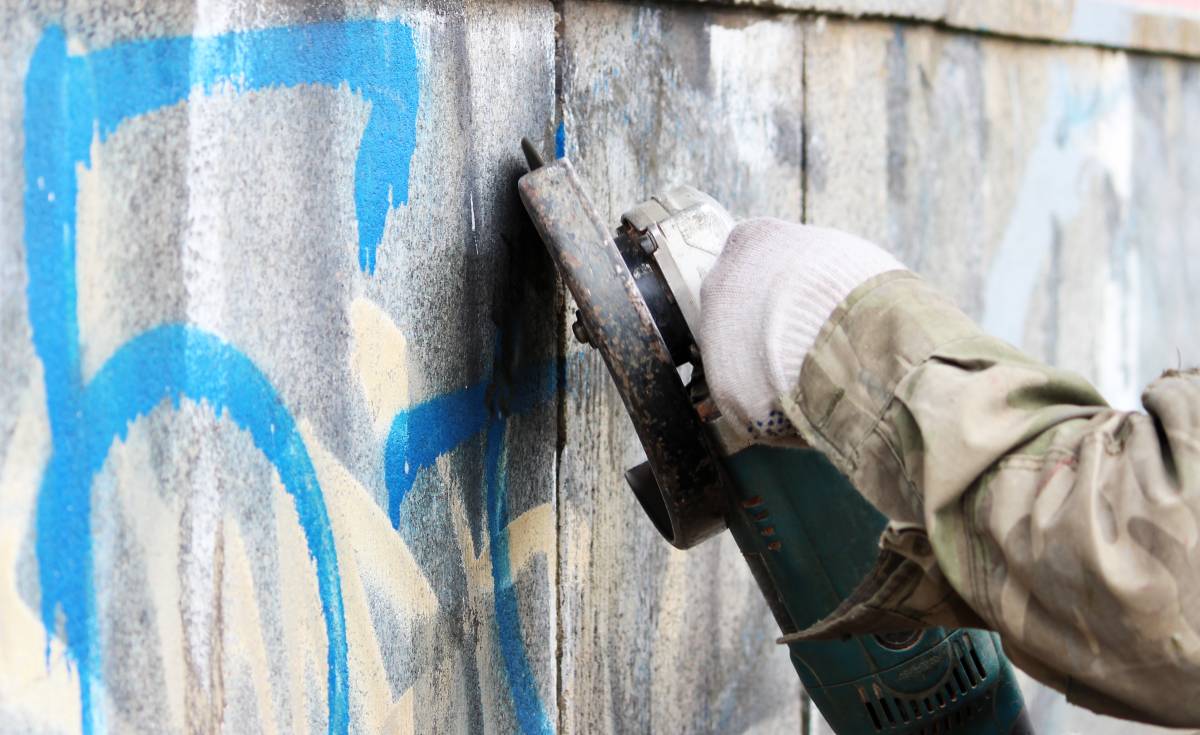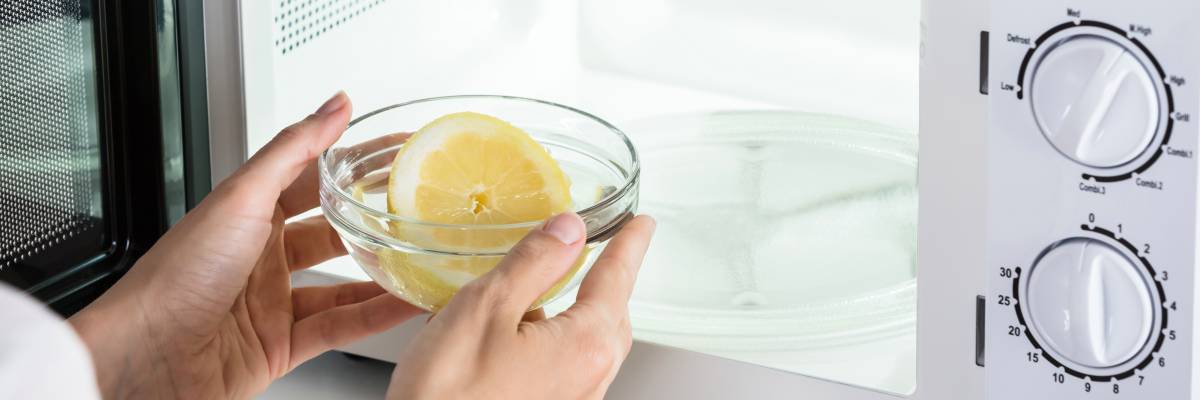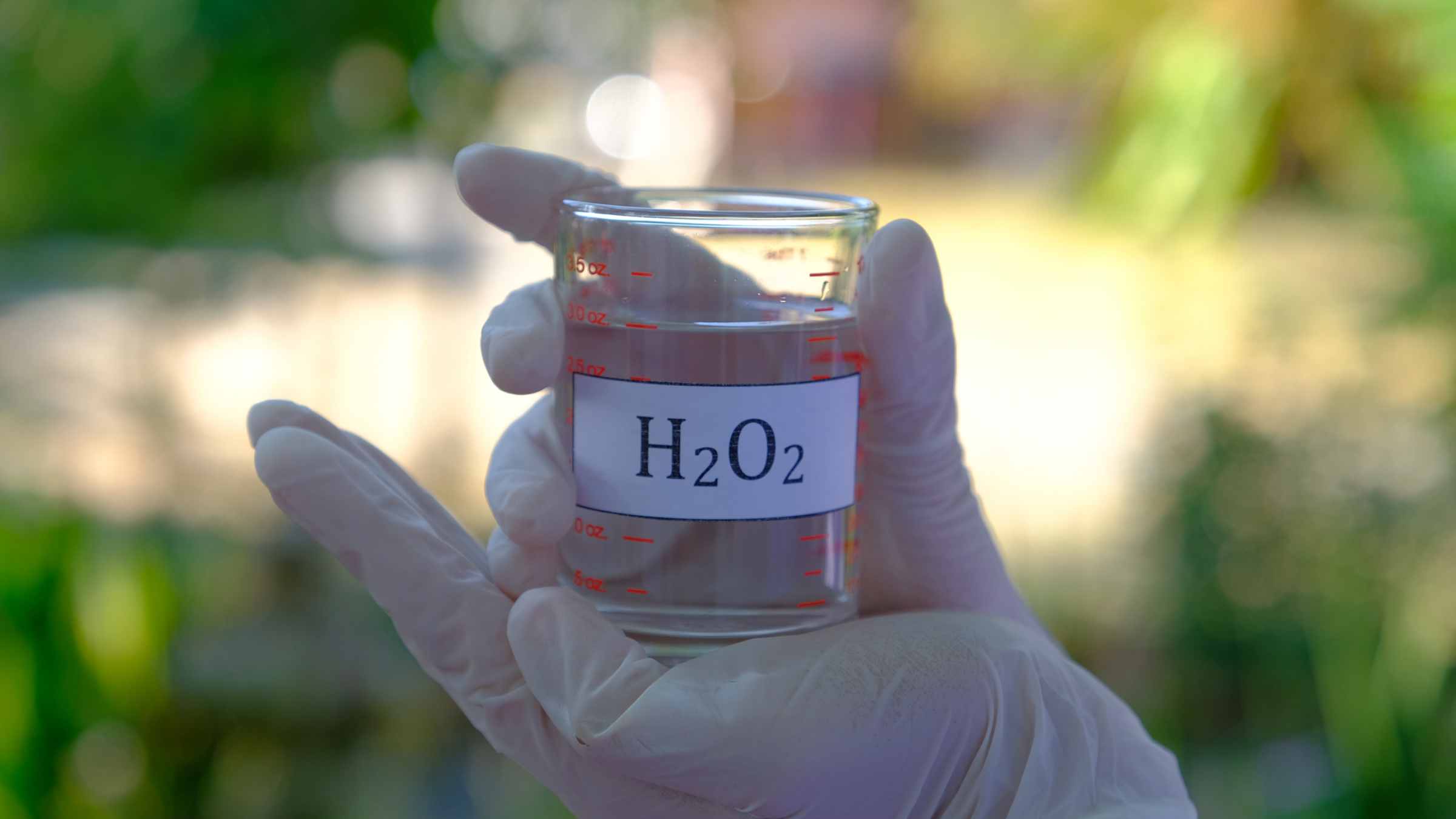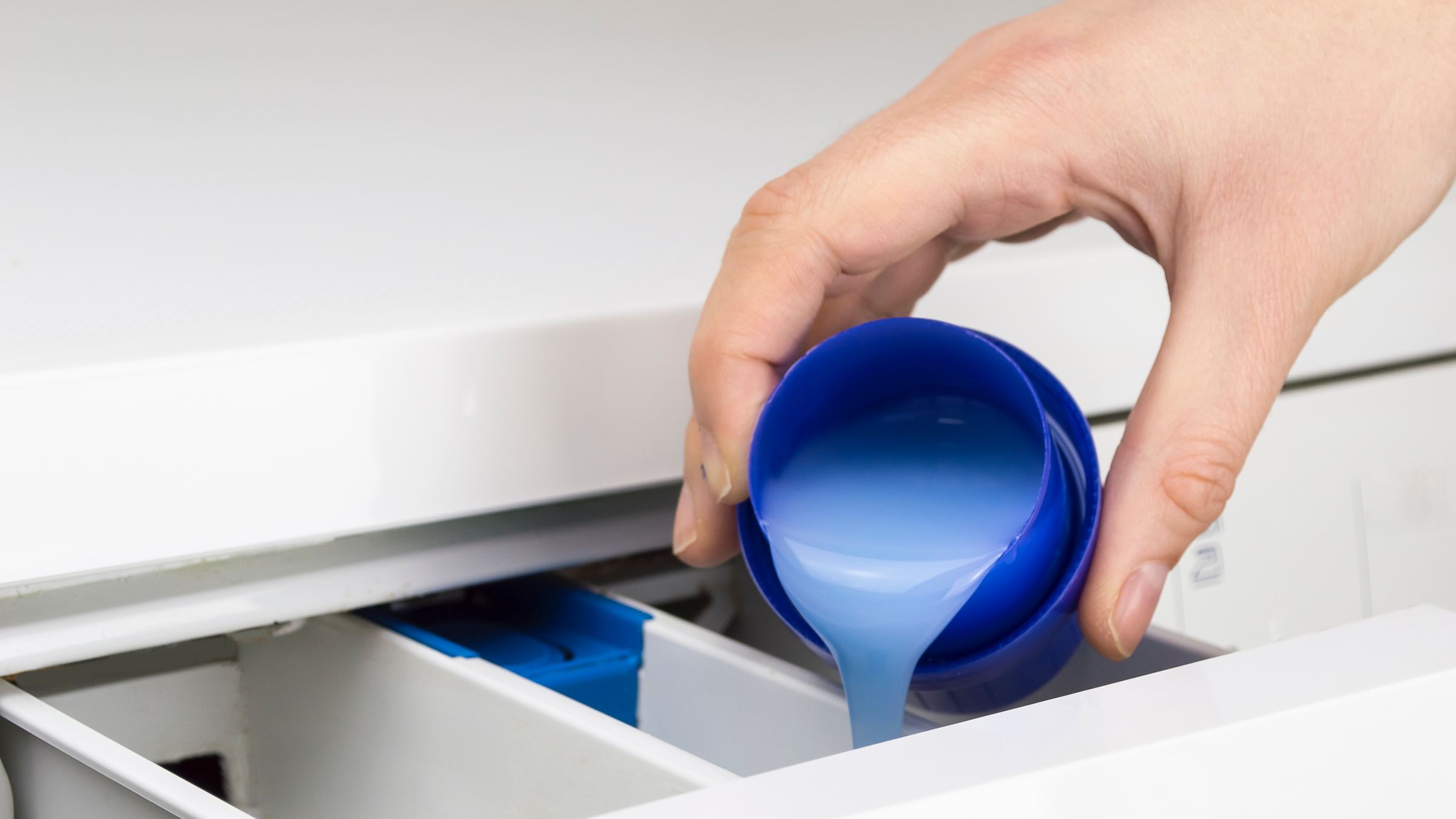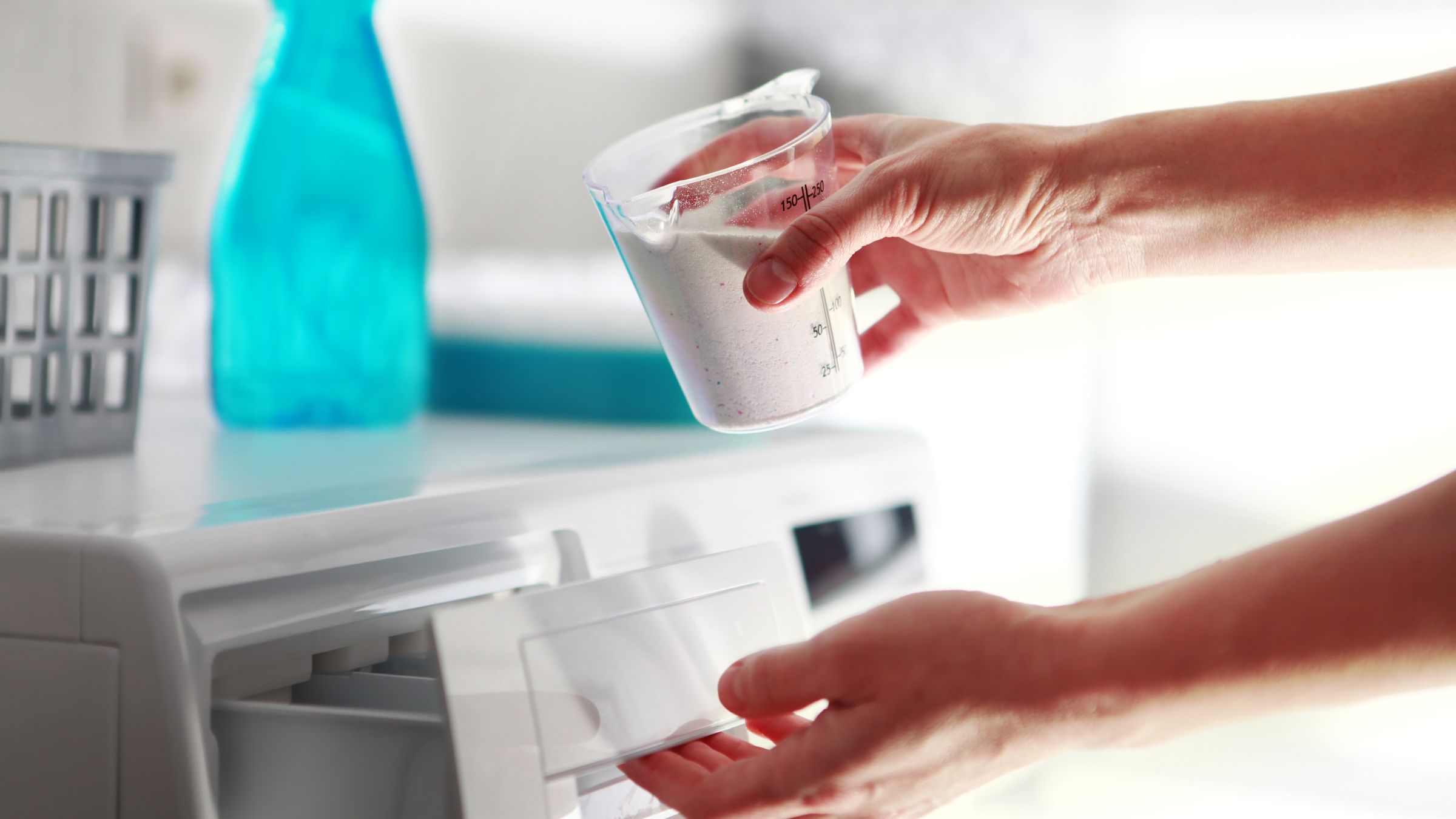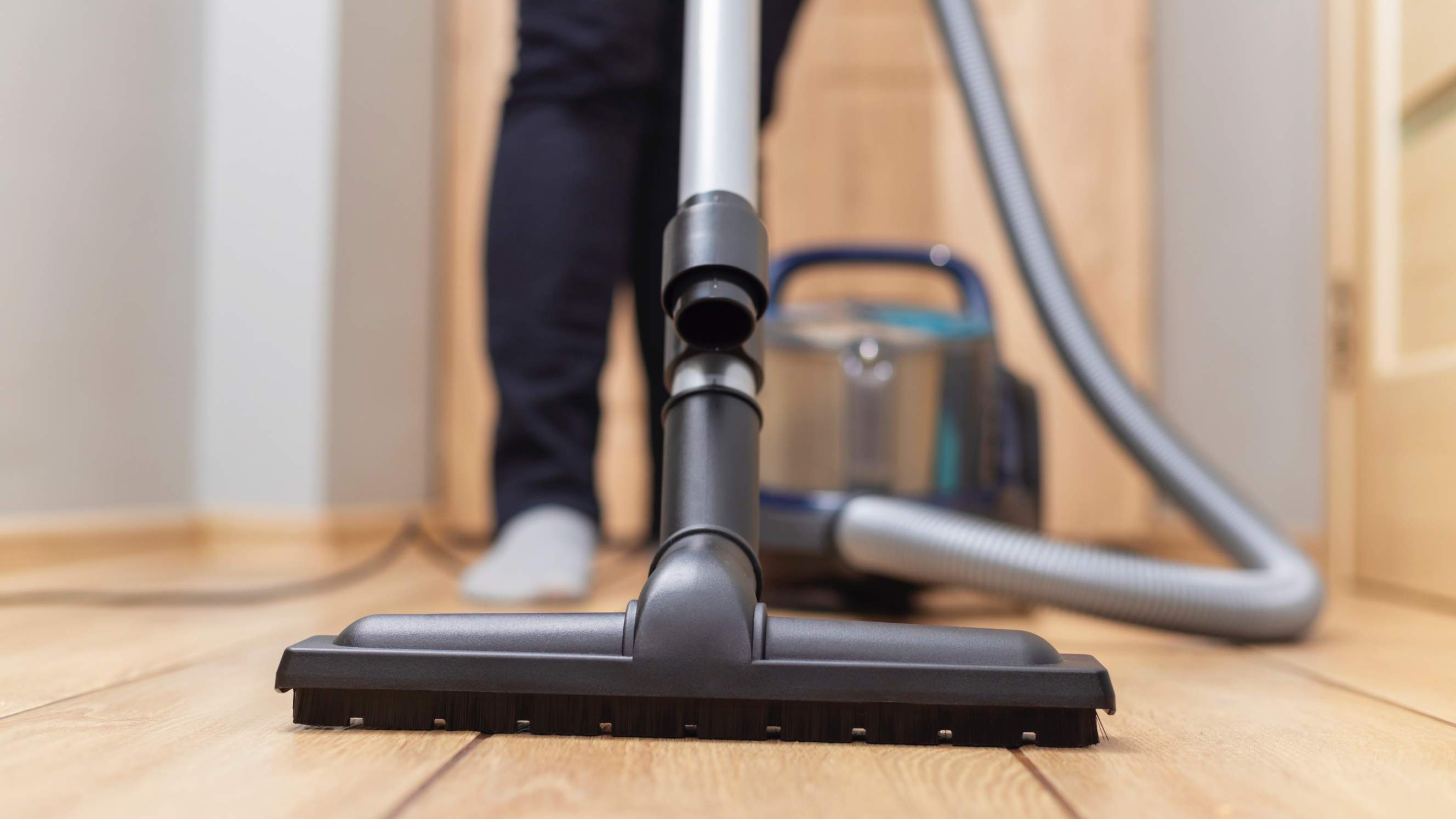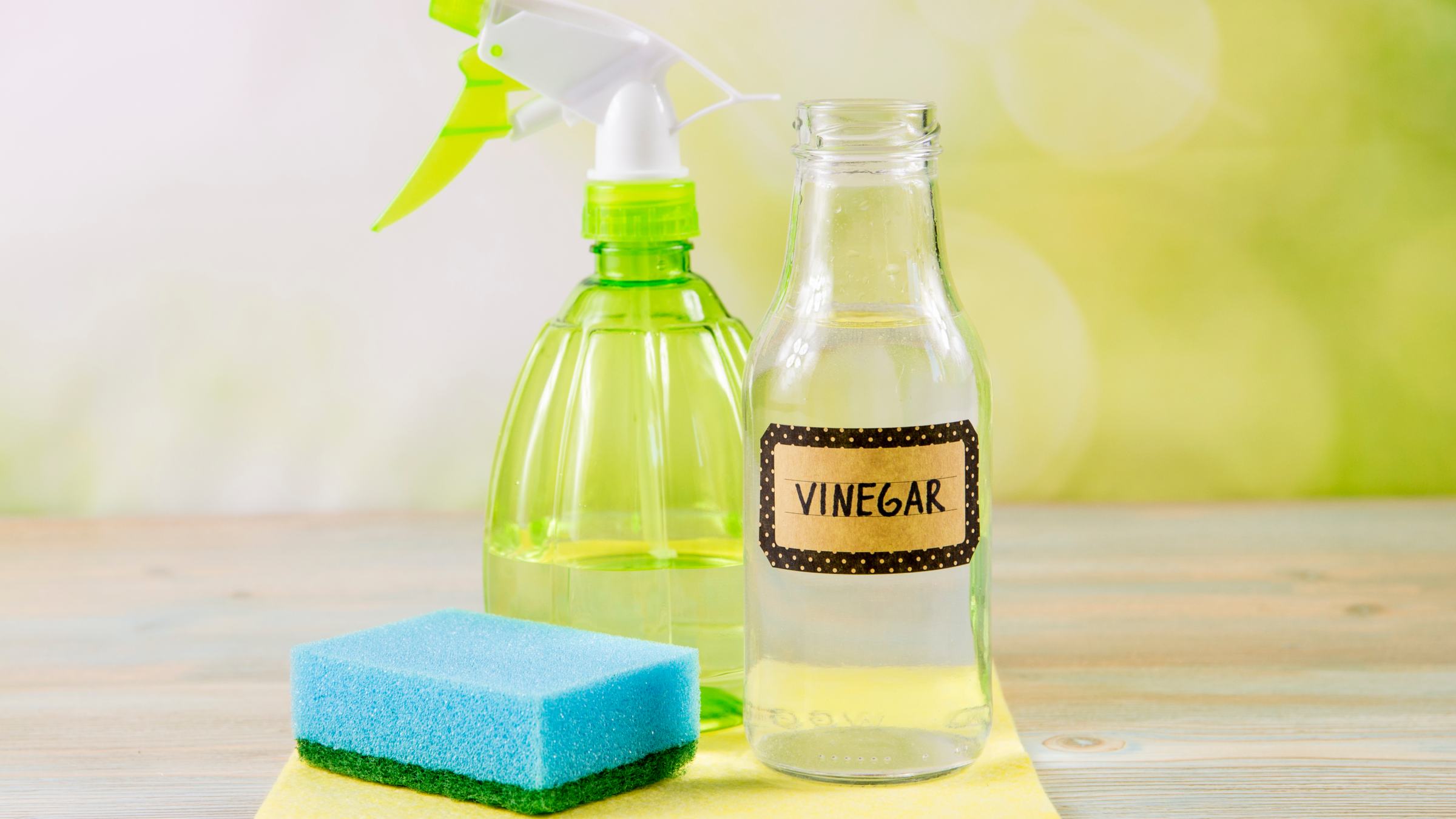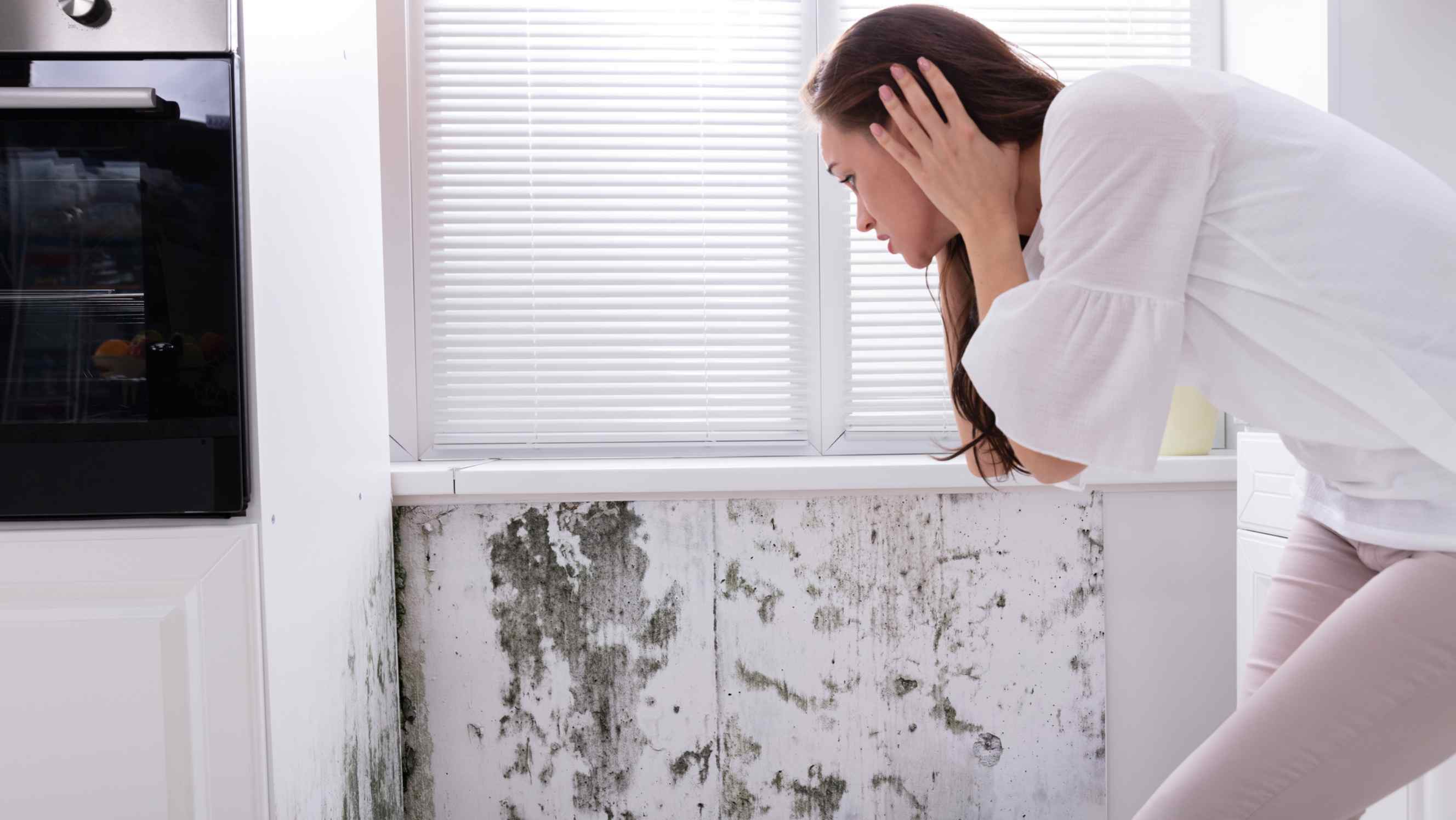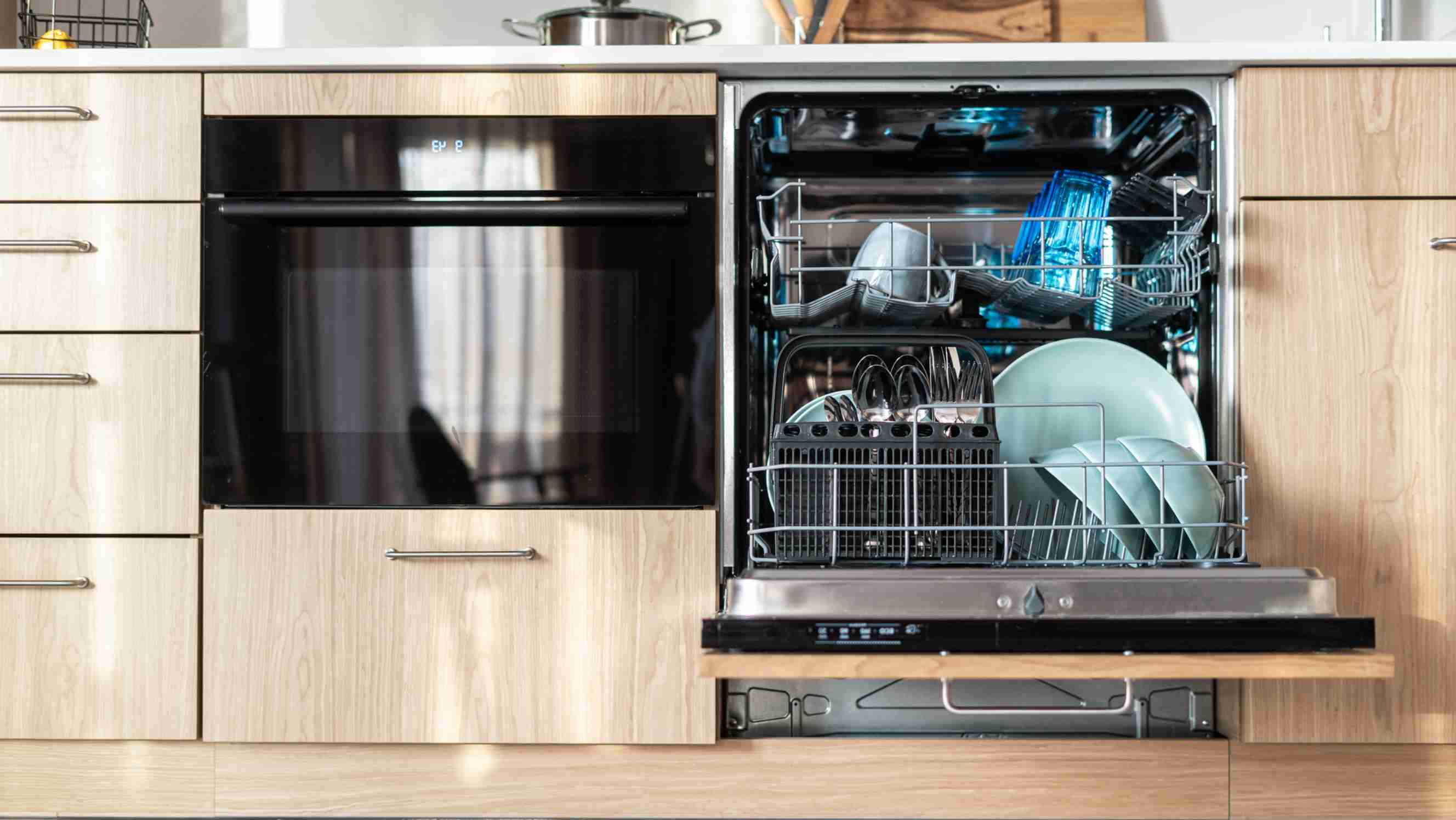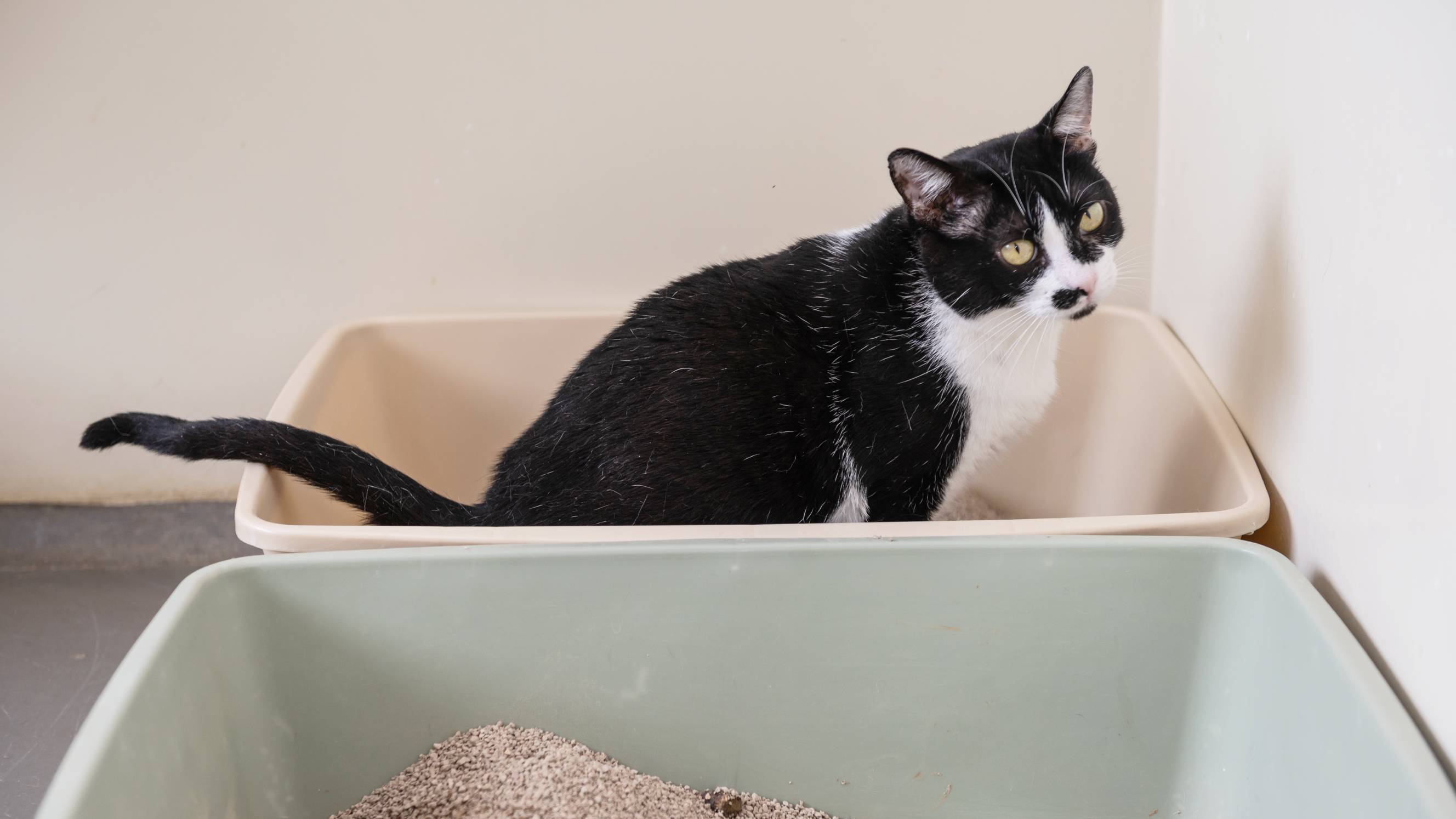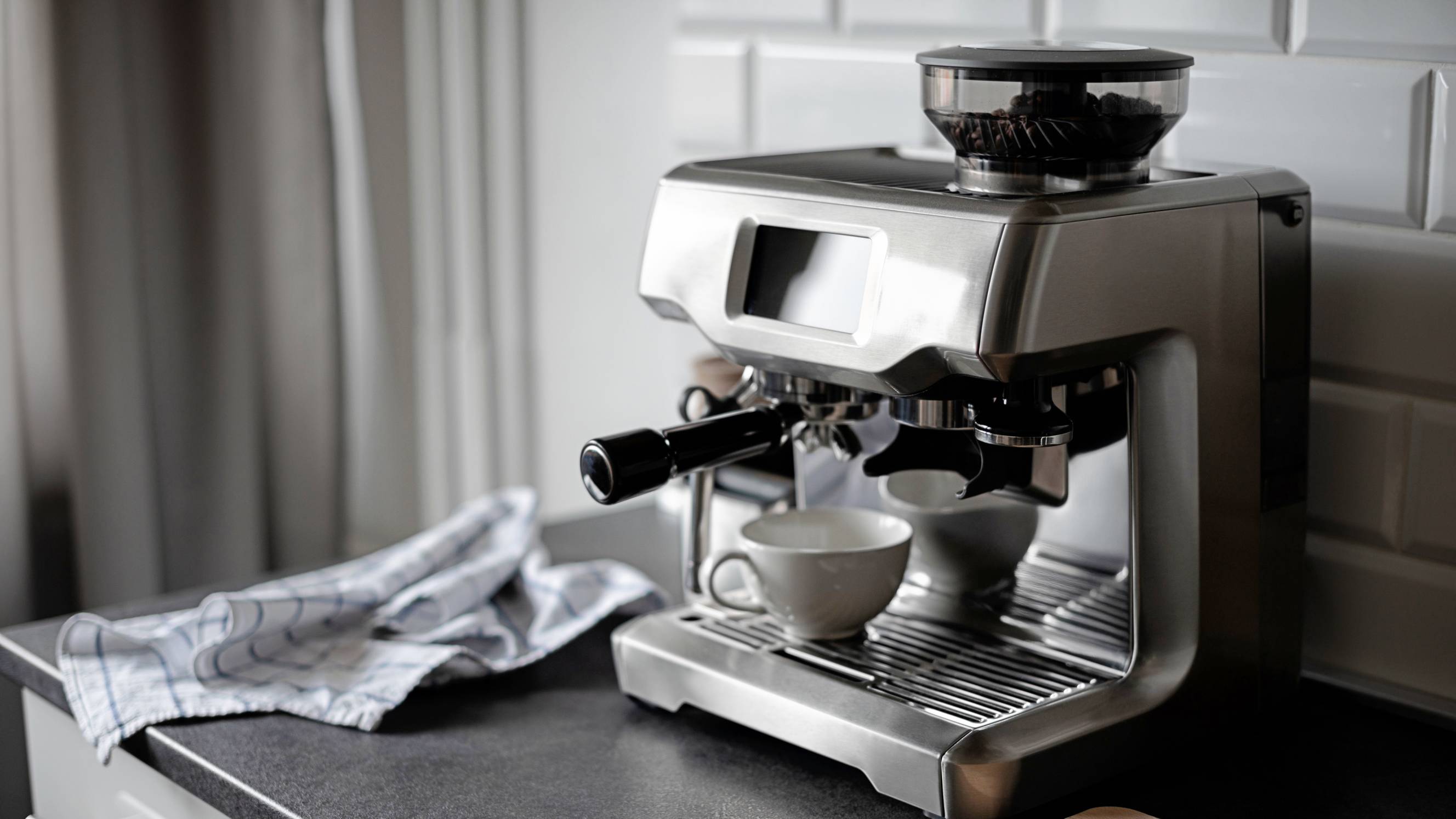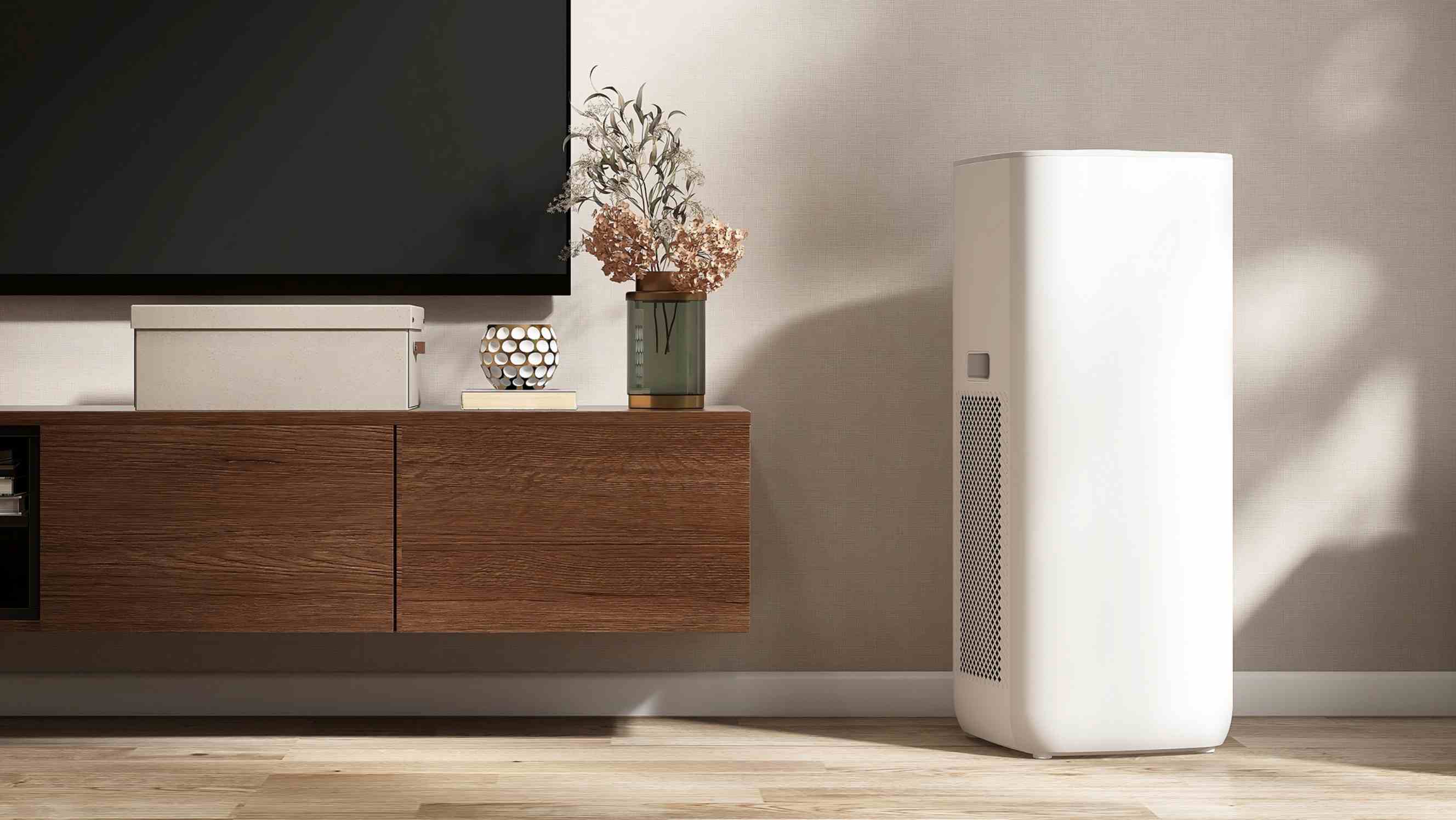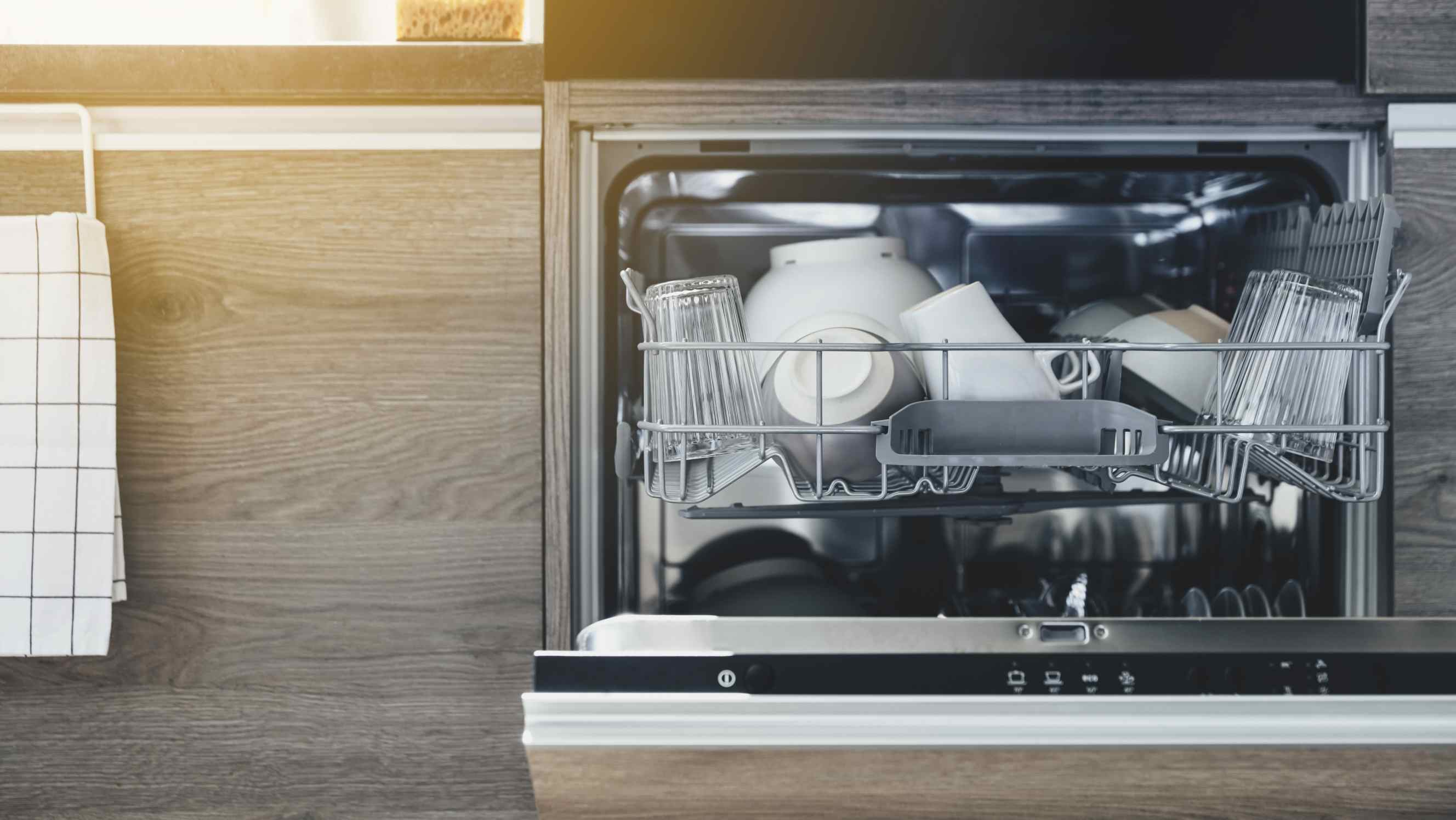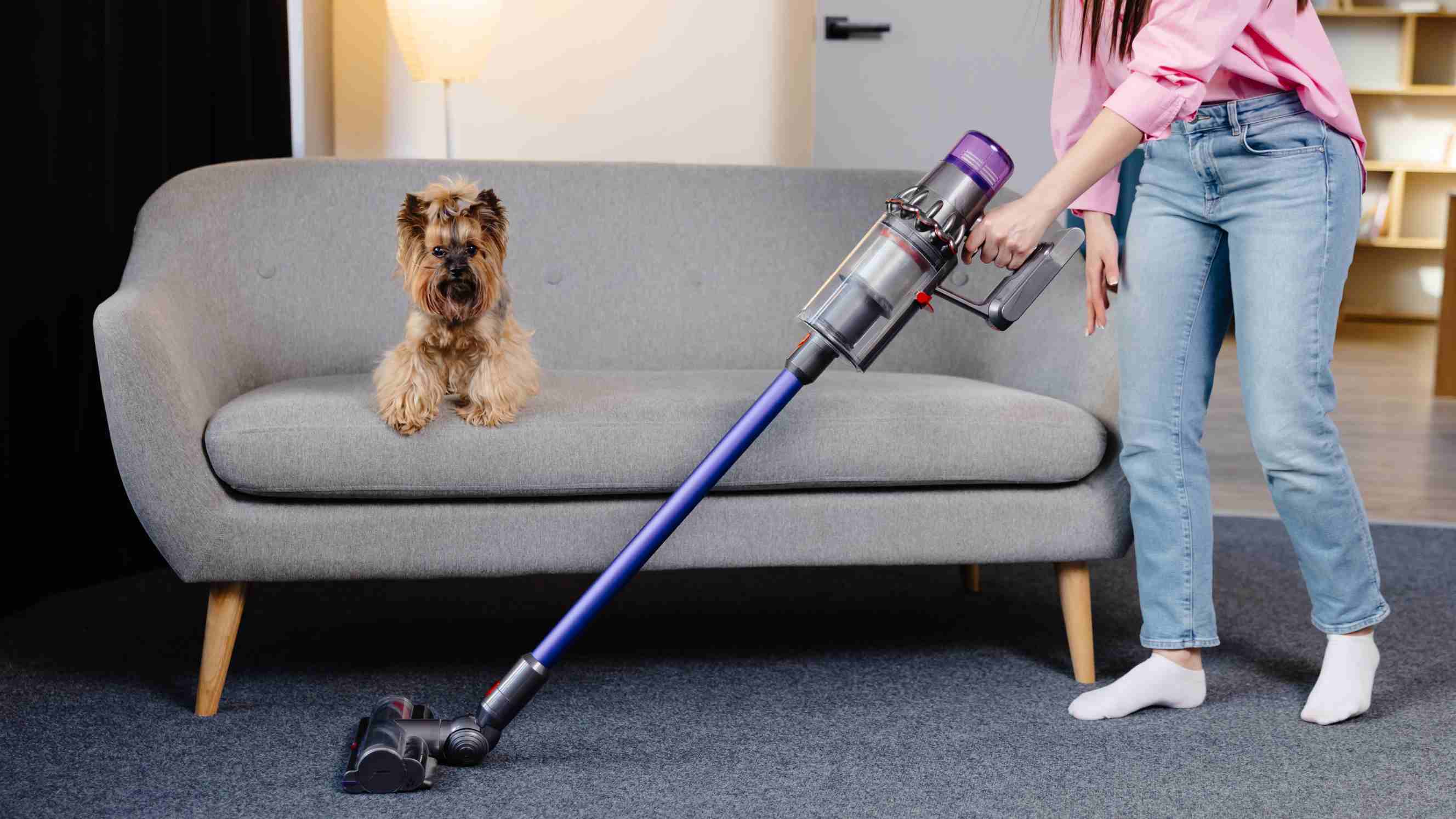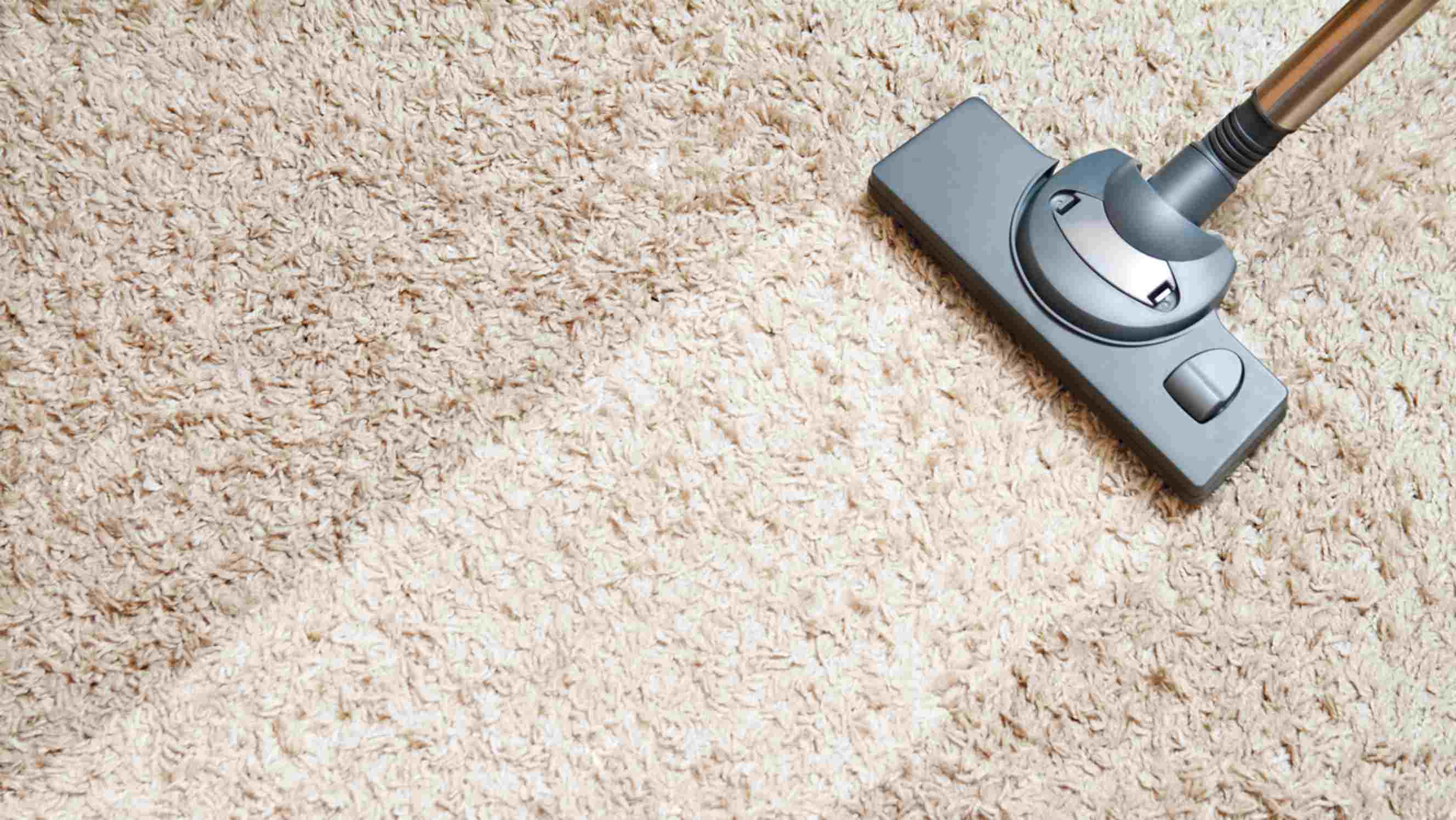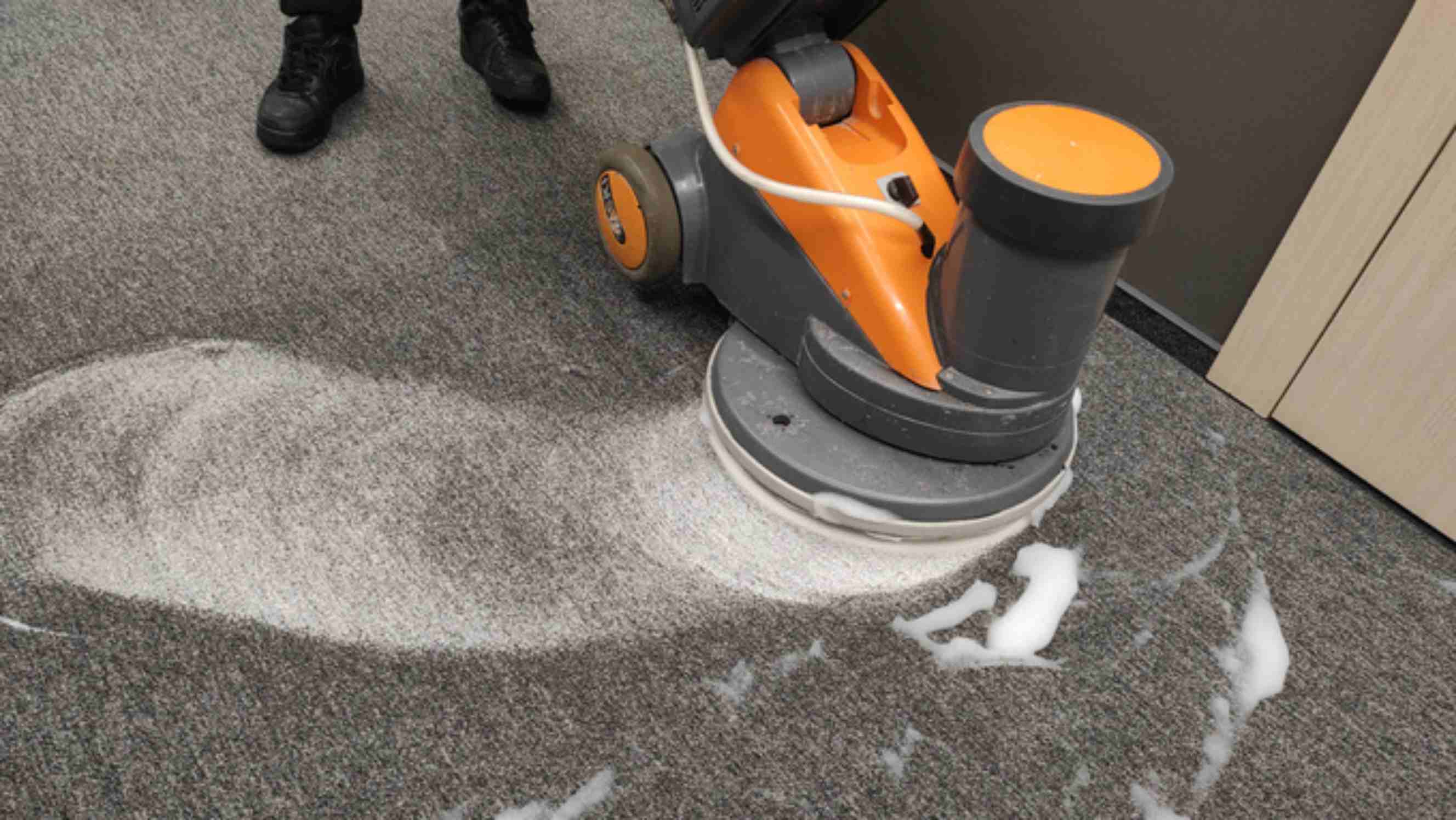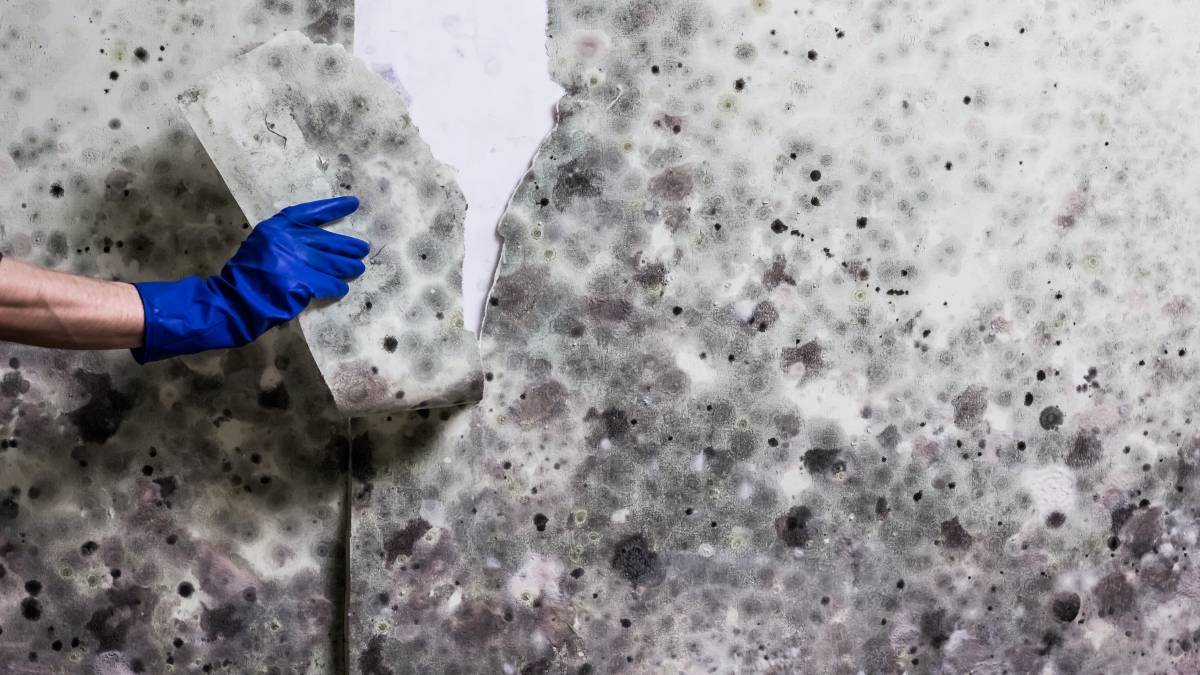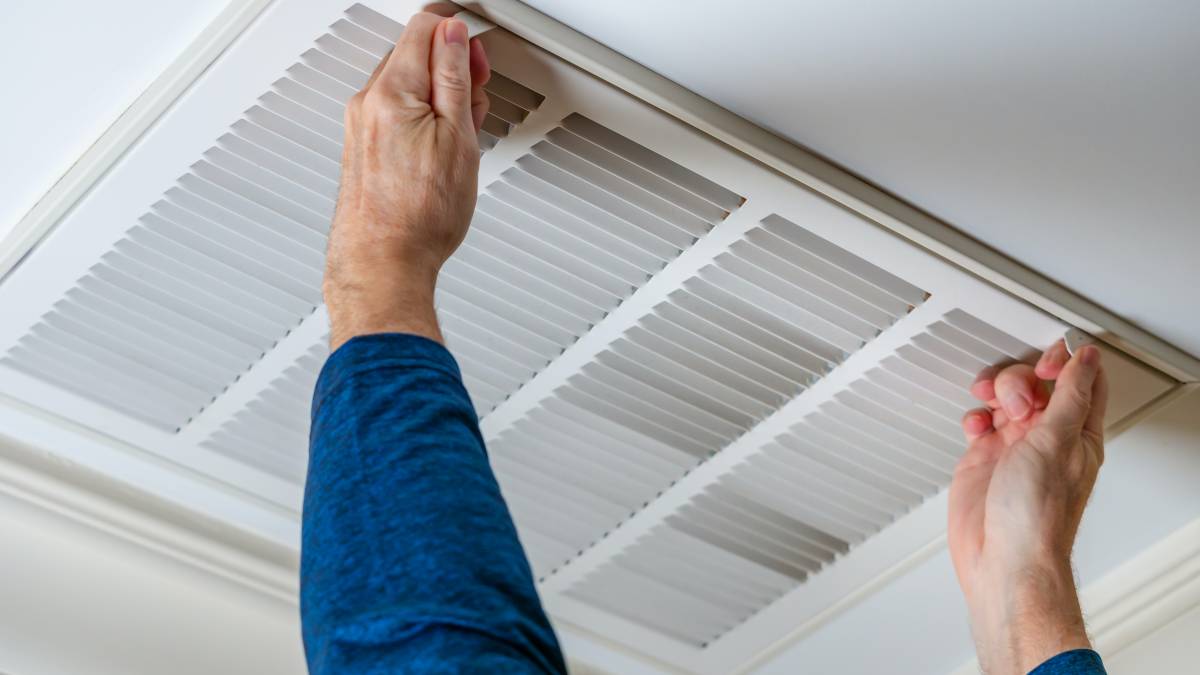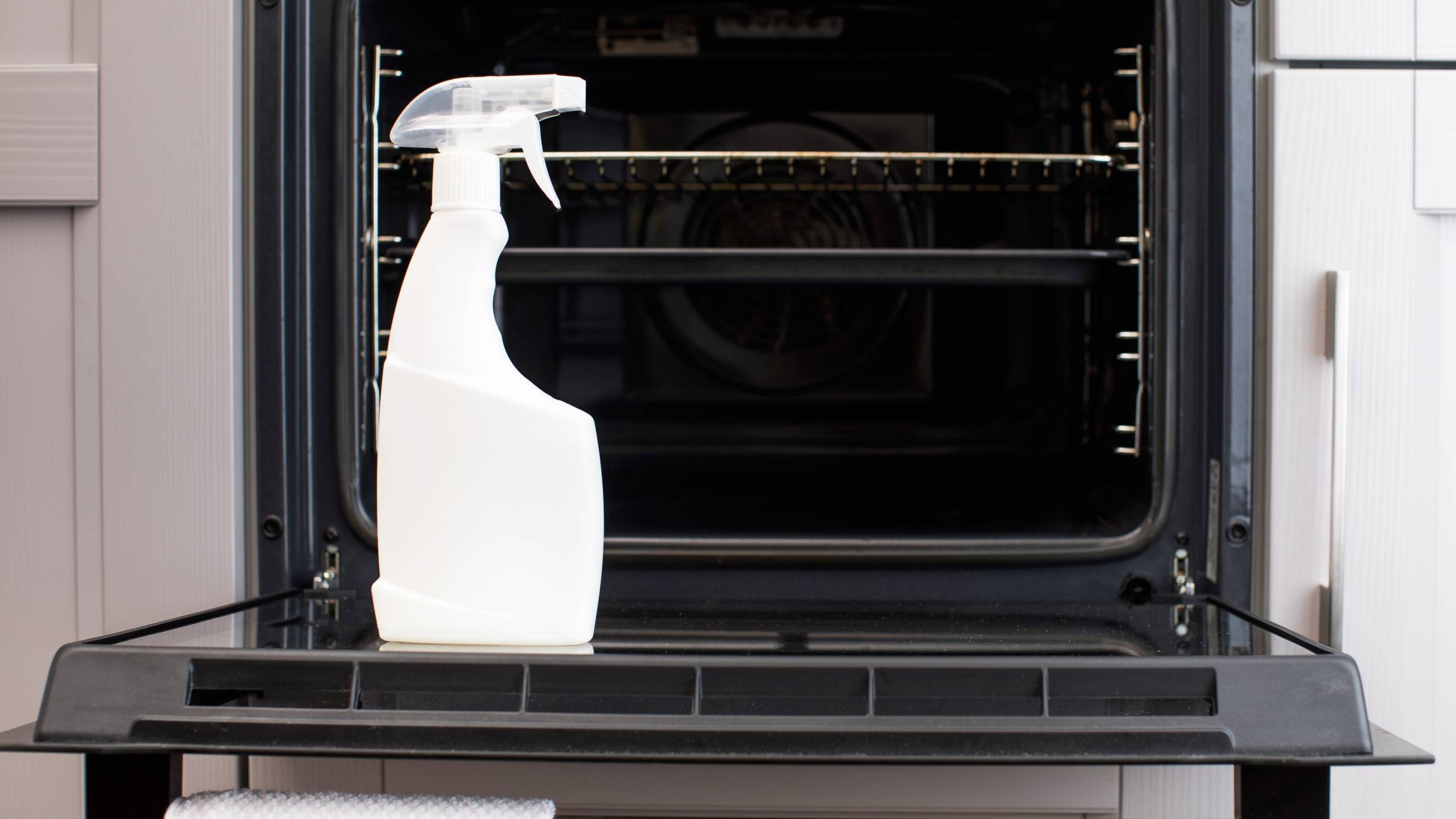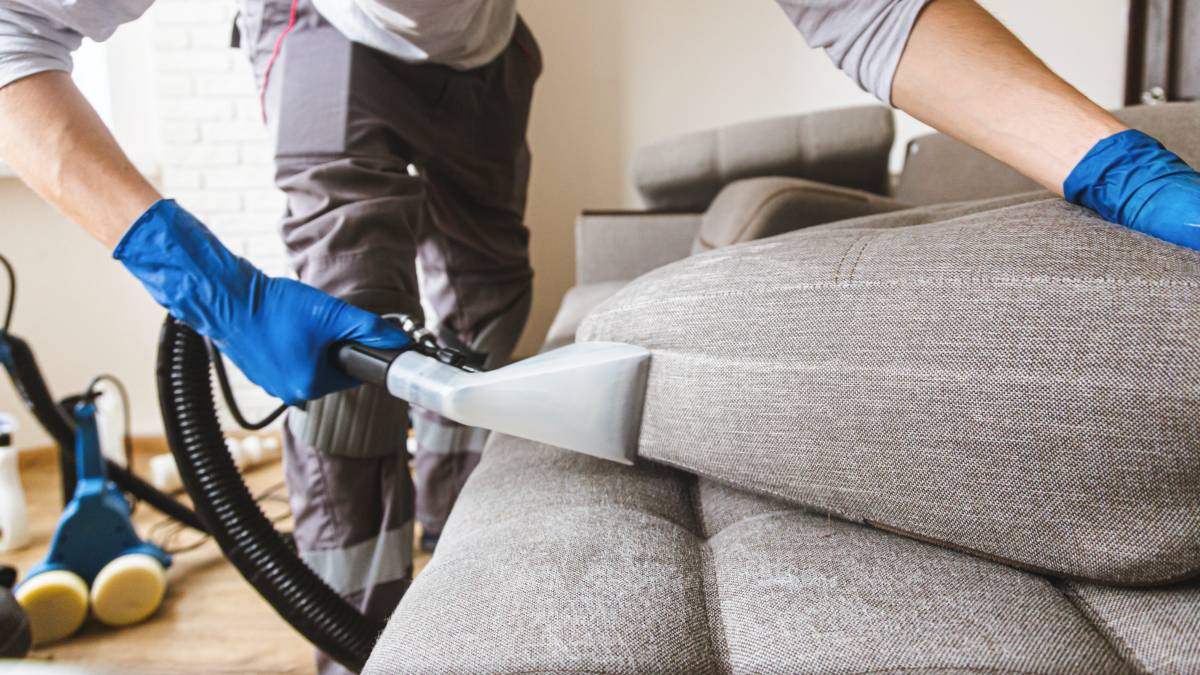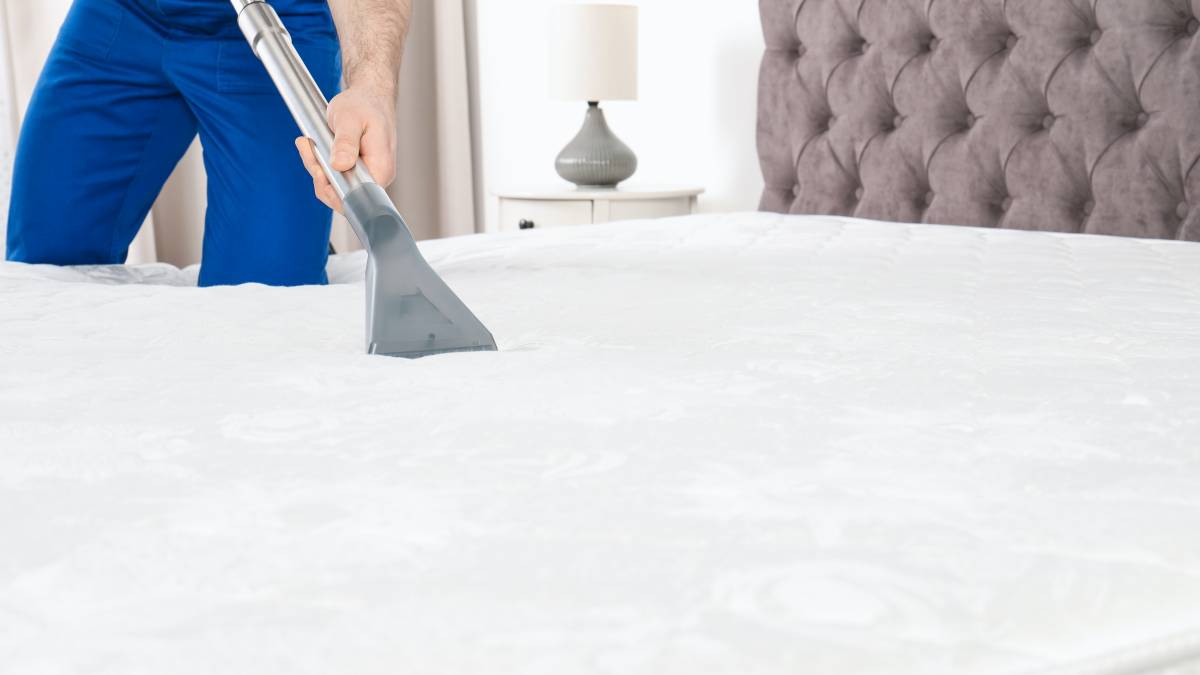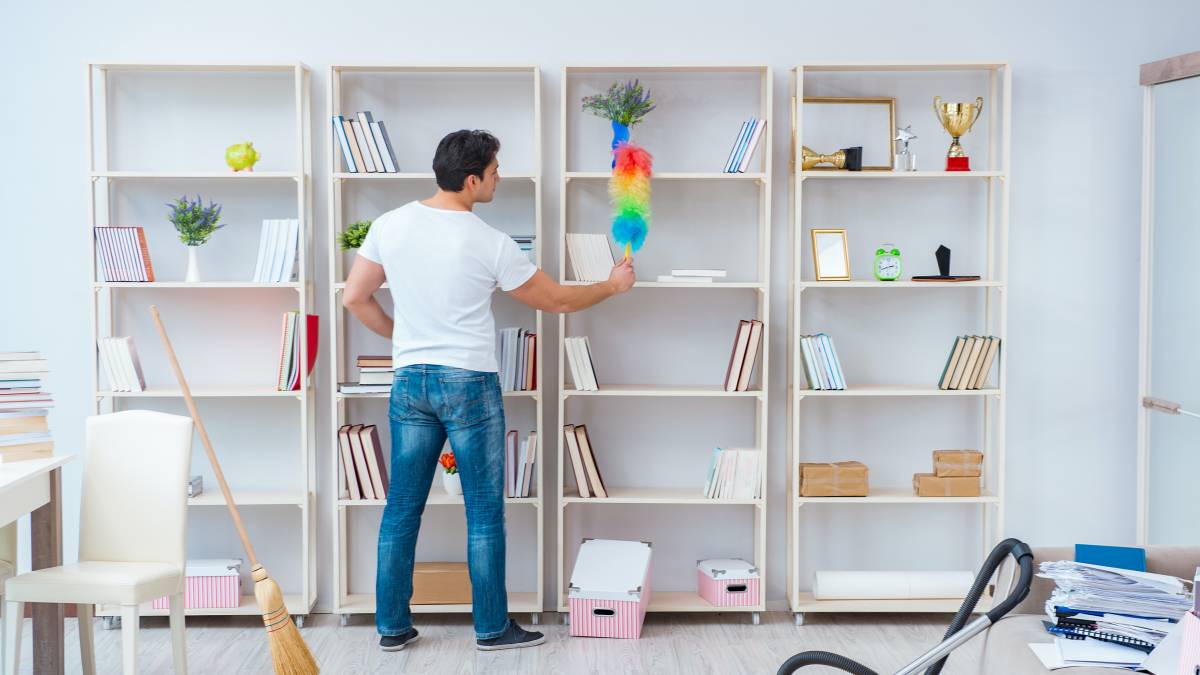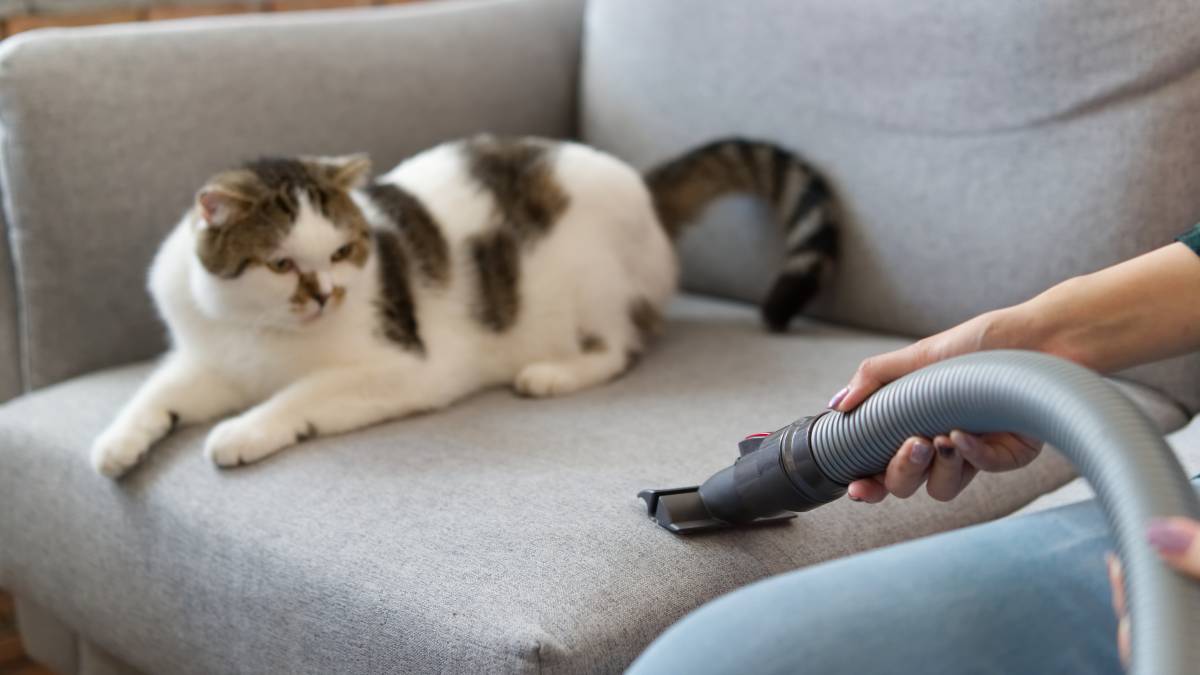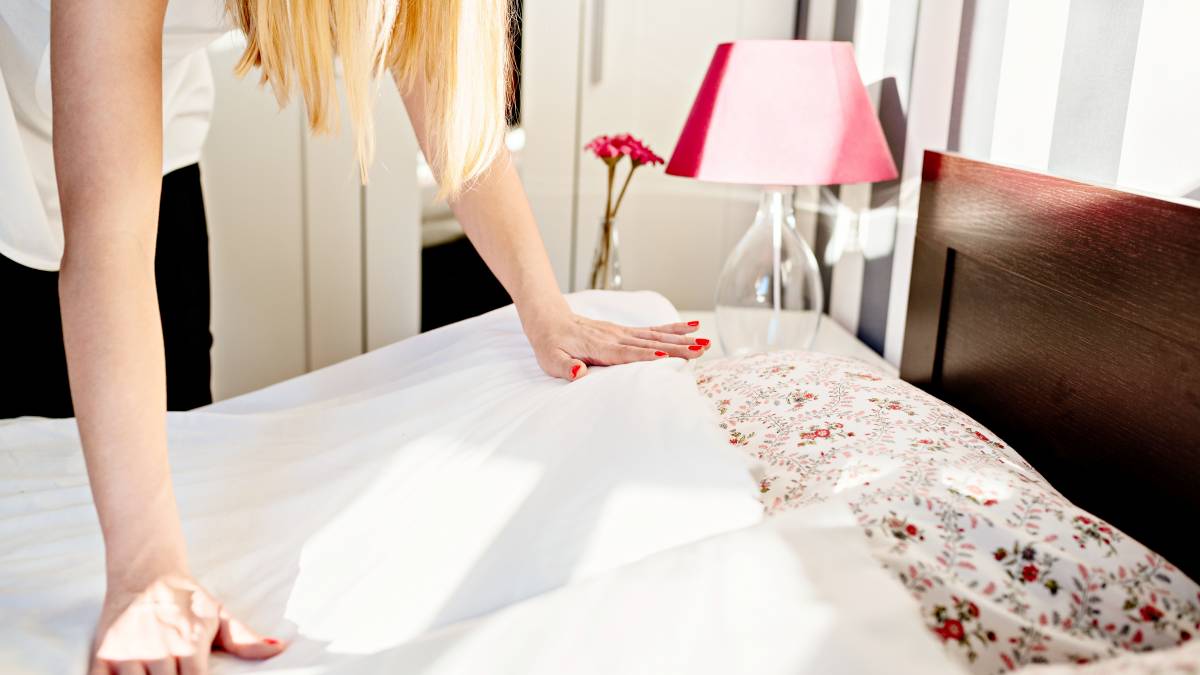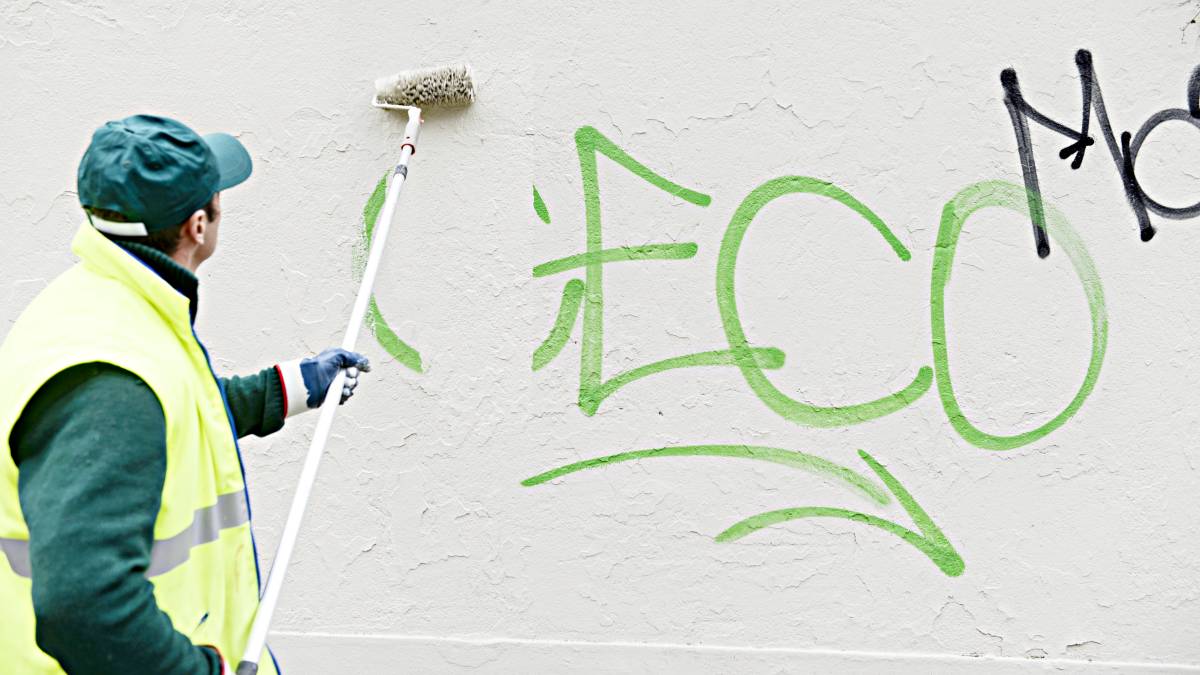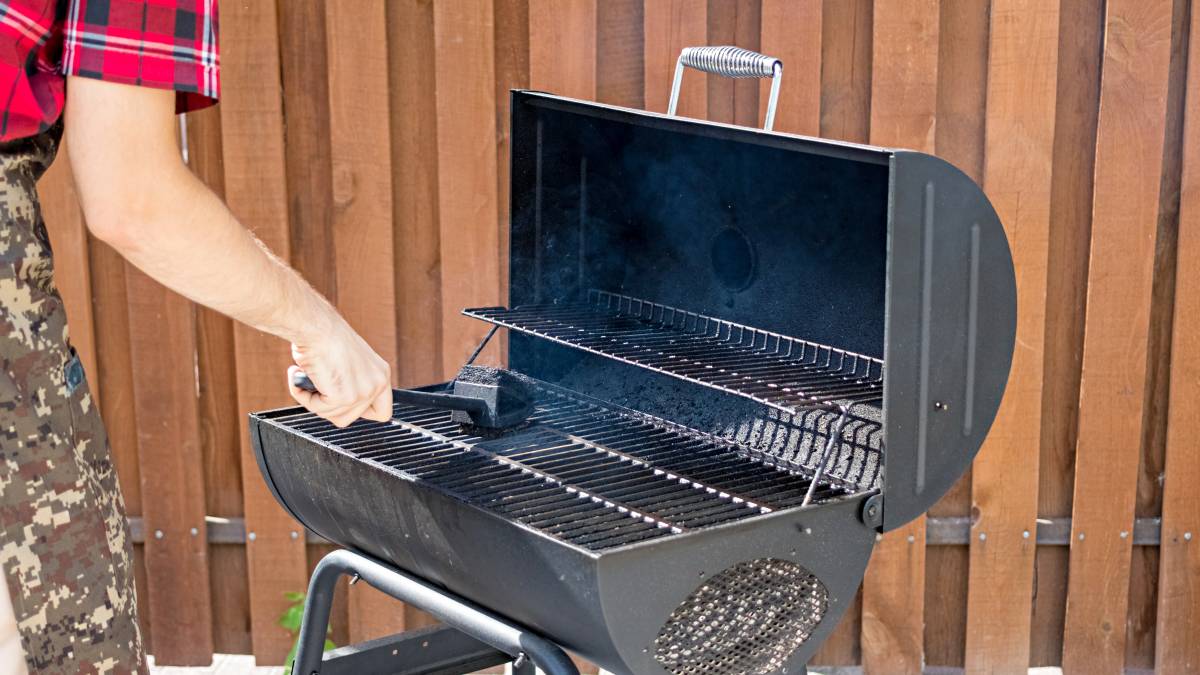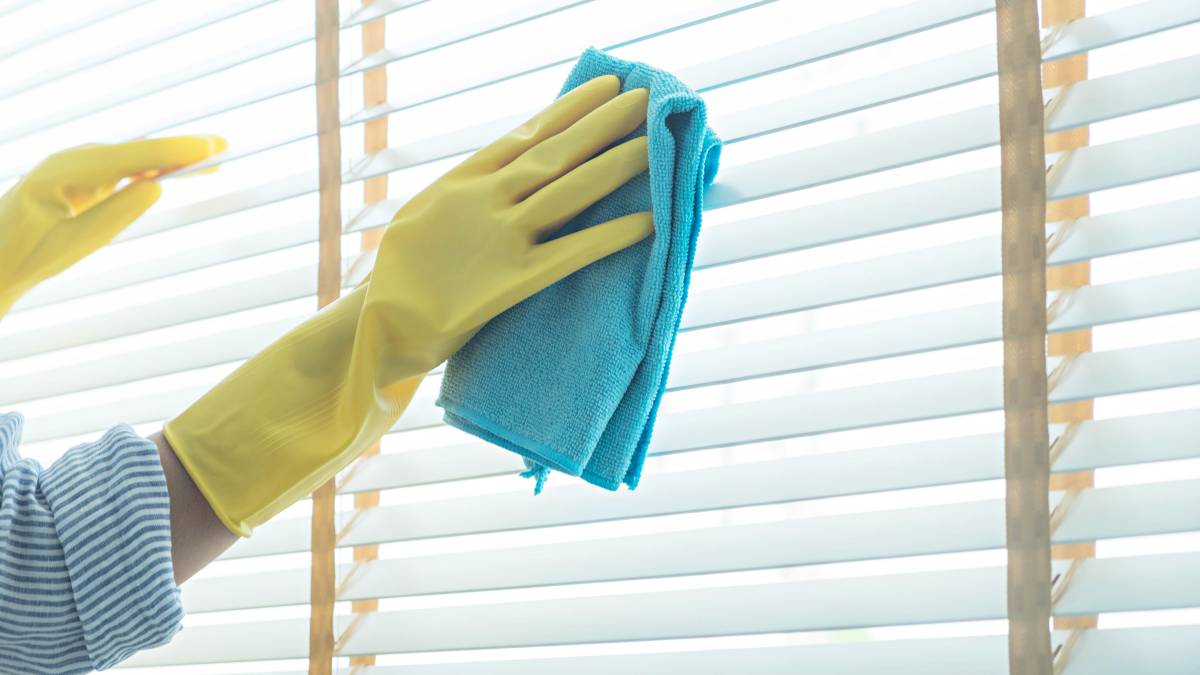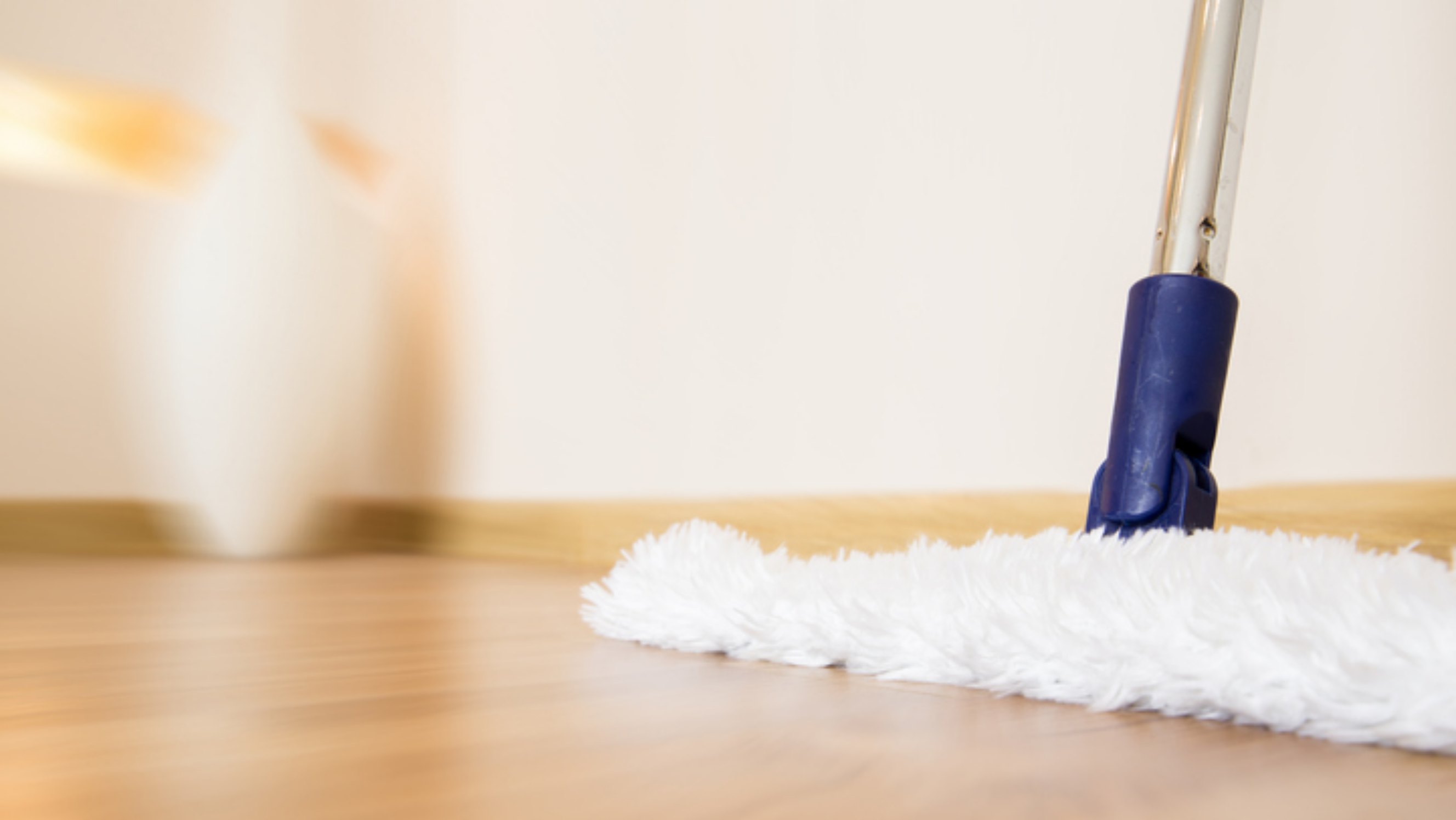
- Home/
- Comparisons/
- Cleaning/
- Steam Mop vs Spin Mop vs Normal Mop
Steam mop, spin mop, or regular mop: Which one do you need?
Comparing steam mops, spin mops, and regular mops based on their cleaning mechanism, efficiency, floor compatibility, and more.
Published on
Key Facts
- A steam mop cleans and sanitizes floors by heating water to 248 degrees Fahrenheit to produce steam distributed evenly by a microfiber mop head, effectively removing dirt and stains.
- A spin mop features a microfiber mop and a spinning bucket with either a push-down handle or a foot pedal mechanism to activate a wringing system that efficiently removes excess moisture.
- A regular mop uses a long, telescopic handle and an absorbent mop head, requiring manual floor cleaning and wringing effort. It needs a cleaning solution to effectively remove dirt and stains.
Have you ever felt overwhelmed while staring at the vast array of mops in a hardware store? Picking the perfect mop isn’t just about grabbing the most high-tech option available; each type has its own pros and cons.
Whether your floors need a quick mop clean or a thorough scrub, our comprehensive steam mop vs. spin mop vs. regular mop guide will help you make the smartest choice for keeping them pristine.
What is a steam mop?
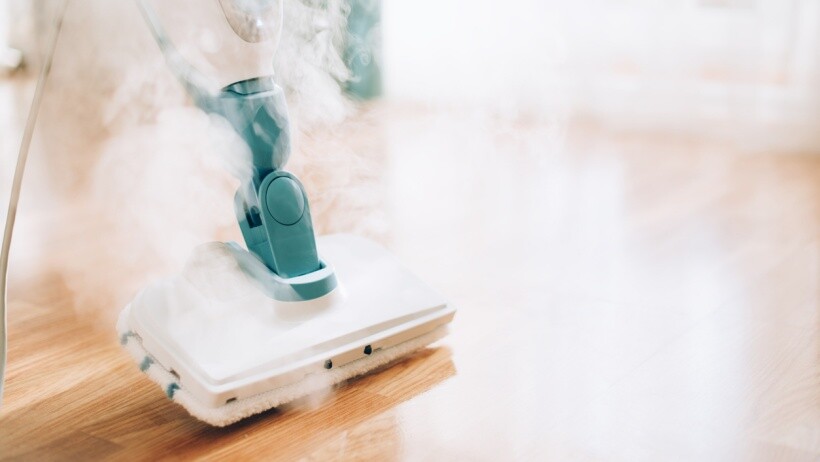
Most mops rely heavily on the cleaning solution to remove floor dirt and stains. However, steam mops are built differently. They use hot steam to clean and sanitize floors. How? A floor steamer mop has a built-in water tank to store tap water. Once the tank is full, its internal heating elements start warming the water to 248 degrees Fahrenheit, producing hot steam. The steam is then released through a nozzle or mop head, removing dirt and sanitizing floors.
A steam mop cleaner also has a microfibre mop head that does more than pick up and trap dust and dirt. It can also help distribute steam evenly, effectively cleaning the entire floor.
What is a spin mop? 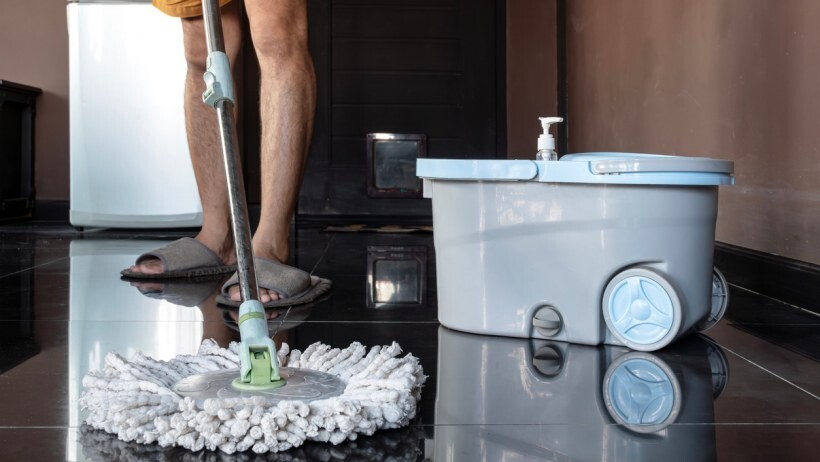
A spin mop, or a spinning floor mop, is an upgraded version of a traditional mop. It comes with a microfibre spin mop and a bucket. The spinning bucket is the iconic feature of a spin mop. It’s equipped with an innovative mop wringer mechanism that helps remove excess dirt, water and moisture from the mop.
There are two ways you can activate its mop wringer mechanism:
Push-down handle mechanism - Most spin mops have this feature, which requires the user to push down the mop handle, causing the wringing basket to spin. This creates a centrifugal force that shoots the water outward from the mop fibers, helping remove excess moisture from the mop head.
Foot pedal mechanism - Some spin mops have a foot pedal attached to the bucket. You’ll have to step on the foot pedal to activate the wringing basket, creating a centrifugal force similar to the push-down handle mechanism.
What is a regular mop?
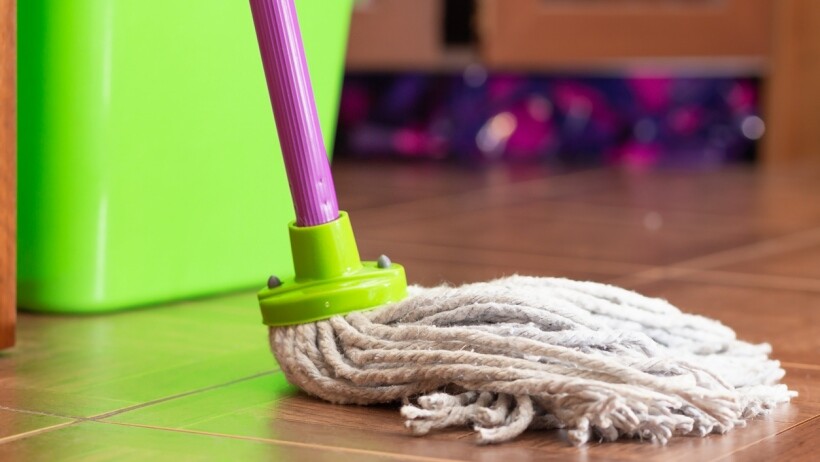
A regular mop is a traditional normal mop with a long, telescopic handle and a mop head made from absorbent materials like cotton, sponge, or microfibre. Like spin mops, a regular mop has a bucket for storing water and a cleaning solution.
Since it’s just a regular mop, it lacks innovative features, requiring users to exert manual effort in mopping the floor and wringing the mop head. Plus, it relies on a cleaning solution to remove floor grime and stains.
Steam mop vs. spin mop vs. regular mop: Which works best for floor cleaning?
Floor mopping can be tedious, but it’s an essential chore that helps get rid of dust and keeps indoor air clean and fresh. To ensure efficient and effective floor mopping, choosing the right mop is crucial. Here, we’ll delve deeper into the key differences between these household mops.
In terms of cleaning mechanism
Knowing the unique cleaning mechanism of each mop will help you easily determine which works best for your everyday mopping needs. Let’s begin with steam mops.
As mentioned, a steam mop heats water at a high temperature, producing steam. The steam is then directed into the mop head to clean and sanitise floors. Since the mop head is made from microfiber, it can effectively pick up dirt and dry debris and absorb excess moisture.
Spin mops also use microfibre mop heads like steam mops. However, cleaning with a spin mop requires extra steps since it relies more on the cleaning power of a cleaning solution instead of using steam. You’ll have to prepare the cleaning solution first, rinse and spin the mop occasionally, and change the water if it gets too dirty already.
If using a spin mop sounds too much work, wait until you try mopping with a regular mop. Even though both spin mops and regular mops have similar initial steps (which is to prepare the cleaning solution), regular mopping requires more effort. For example, you’ll always have to wring out the mop head with only your hands before and after mopping the floor.
In terms of cleaning efficiency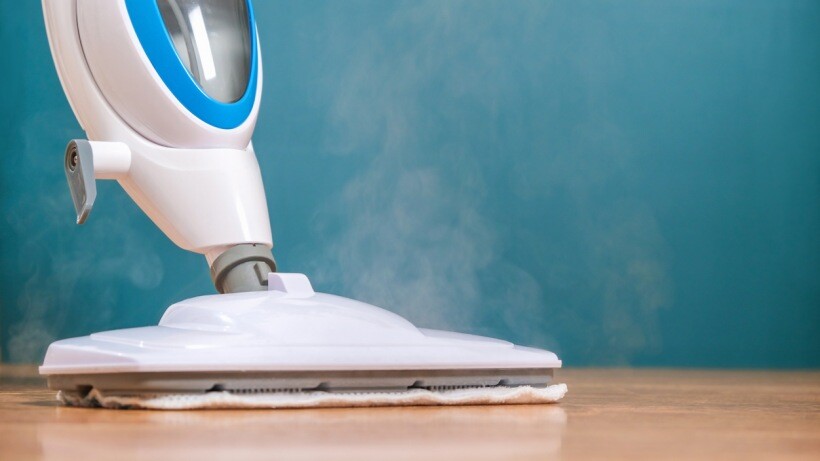
When comparing spin mops and regular mops, spin mops are more efficient to use. You’ll be able to clean floors much faster with a spin mop since it eliminates the need to wring out the mop head through manual efforts.
Moreover, spin mops are equipped with microfibre mop heads that are effective. Meaning, they’re good at trapping dirt and absorbing moisture. In contrast, most regular mops are only made from cotton string, which is less efficient in absorbing moisture and trapping dust.
But, if we are to compare steam mop vs. spin mop, steam mops have a clear advantage. Most steam mops don’t need chemical detergents, relying only on steam to clean and sanitize floors. Not to mention, the preparation process for using an automatic steam mop is much simpler. You just have to refill the tank with water, wait for the steam mop to produce steam, and you may now begin mopping.
In terms of floor compatibility
When comparing steam mops vs. regular mops in terms of floor compatibility, clearly, regular mops gain the upper hand. A regular mop gives you more control over the mop head, cleaning solution, and cleaning process, which makes it compatible with all kinds of flooring.
On the other hand, hard floor steam cleaners like steam mops produce hot steam that can cause sealed and moisture-sensitive floors to warp, swell or lose their protective coatings. You can still use a steam mop for tile floors like porcelain and ceramic, but it’s vital to avoid using them on unsealed and moisture-sensitive hard floors like wood, laminate, marble and other natural stone surfaces.
A spin mop is another versatile floor mop. Like regular mops, you may easily adjust the wetness level of the mop head using the bucket’s innovative wringer basket. This helps prevent the floors from getting too wet, allowing you to control the moisture level suited to your flooring material.
In terms of convenience
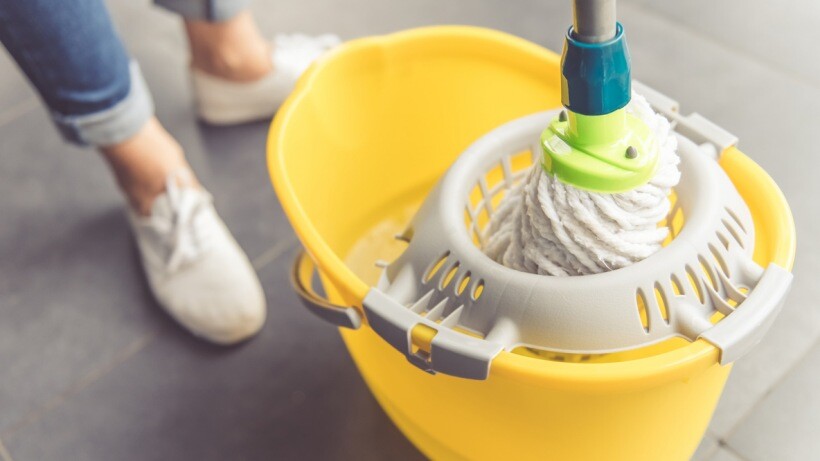
A regular mop is convenient in the sense that it’s compatible with any type of flooring. However, remember that it’s less efficient than steam mops and spin mops. It can push the dirt around instead of cleaning the surface if the mop head material isn’t made of absorbent microfiber or if you frequently don’t rinse it.
Moreover, unlike spin mops, most regular mops don’t have a spout in their buckets. The spout makes it easier to pour and discard wastewater, so without it, you may still have to lift the bucket when changing the water.
For this reason, choosing either an automatic steam mop or a spin mop is best for maximum convenience. Setting up a steam mop may have a slight delay since the machine still needs to warm up to generate steam, but once it’s ready, you’ll have a continuous steam supply that effectively loosens dirt and grime.
Meanwhile, spin mops have a specially designed bucket with a foot pedal or push-handle mechanism to activate the spinning wringer basket. Using this, you can easily wring out the mop head without bending much over, unlike regular mops. This is why they are great for cleaning hard floors or large areas like garage floors.
In terms of sanitization
Are steam mops good for sanitizing surfaces? Yes, because steam mops emit steam at high temperatures, which kills bacteria and viruses. Additionally, you don’t need to use a commercial-based cleaning solution when using steam mops, reducing the amount of chemical allergens in the air.
Moreover, steam mops have microfibre mop heads. Microfibre is found to have superior microbial removal properties compared to string mops, effectively sanitizing surfaces.
Although spin mops also have microfibre mop heads, they rely on disinfectants and chemical-based cleaners to sanitize floors. It’s similar to how regular mops depend on the cleaning solution to kill bacteria and germs.
In terms of cost

Regular cotton mops are the most affordable of the three, with prices starting at $10. Spin mops are the next most affordable option, ranging from $30 to $100.
Meanwhile, steam mops are the most expensive due to their advanced features and more complex designs. In the UK, the price range of steam mops is $100 to $350.
Additionally, the advanced features of steam mops may require the help of a mopping expert to be fully utilised. While this could add to the overall floor cleaning costs, the efficient and deep floor cleaning they provide makes it a worthwhile investment for many homeowners.
Connect with floor cleaning experts on Airtasker
Choosing the ideal mop is just the first step to achieving pristine floors. Properly using your mop, especially with more advanced options like steam mops, can be challenging.
Instead of mopping yourself, connect with professional cleaners on Airtasker. Some are floor cleaning experts who are not only skilled and experienced at removing stubborn floor stains, but they can also help rejuvenate your old floors by providing specialized services like waxing and floor restoration.
Steam mop vs. spin mop vs. regular mop
| Steam Mop |
Spin Mop |
Regular Mop |
|
| Cleaning Mechanism |
Uses high-temperature steam to deep clean tiles and sanitise floors |
Uses a microfibre mop head with a cleaning solution |
Similar to spin mops but requires manual wringing of dirty water from the mop head |
| Cleaning Efficiency |
Highly efficient; cleans and sanitises floors without using harsh cleaning chemicals |
Efficient with an innovative bucket system that reduces manual effort |
Less efficient and less effective at picking up dust |
| Floor Compatibility |
Not suitable for unsealed or moisture-sensitive floors |
Versatile, with adjustable wetness; safe for most floors |
Most versatile; suitable for all floor types |
| Convenience |
Convenient and easy to set up; provides continuous supply of steam once ready |
Convenient; utilises a foot pedal or push-handle mechanism for easy wringing |
Less convenient; manual wringing and bucket has no spout for water disposal |
| Sanitisation |
Offers excellent sanitation; high-temperature steam kills bacteria and viruses without chemical |
Offers good sanitation; uses disinfectants in cleaning solutions but depends on chemicals |
Less effective sanitation; dependent on the effectiveness of the cleaning solution used |
| Cost |
Most expensive; price ranges from $100 to $300 due to advanced features and design |
Moderately priced; price ranges from $45 to $60 due to innovative features |
Most affordable; price start at $12 due to simple design |
FAQs on steam mops, spin mops, and regular mops
A steam mop can damage floors like hardwood and laminate. Aside from that, the steam can be very hot, so you can accidentally get scalded if you’re not careful. This is why you should keep kids and pets away while steam mopping.
Steam mops can push the dirt around if you don’t use them correctly. Unlike corded or cordless vacuums, they don’t have a suction element, and if the mop pad gets too dirty, it will no longer pick up dirt and spread it across the floor. This is why you should vacuum before using a steam mop and occasionally replace the dirty mop pad to avoid pushing dirt around.
There are a couple of reasons why your floors are still dirty after steam mopping. It could be because the mop pad is dirty, so your steam mop only spreads dirt instead of cleaning the floors. Another reason could be that you didn’t vacuum your floors before steam mopping. Remember that steam mops don’t have a suction function, so they only push the dirt around.
Yes, there are steam cordless mops available. They are more convenient than standard corded steam mops because they are lightweight, so you can quickly move them around without worrying about tangled cords and power outlets.
Find cleaning services, fast
Post a task
Related articles
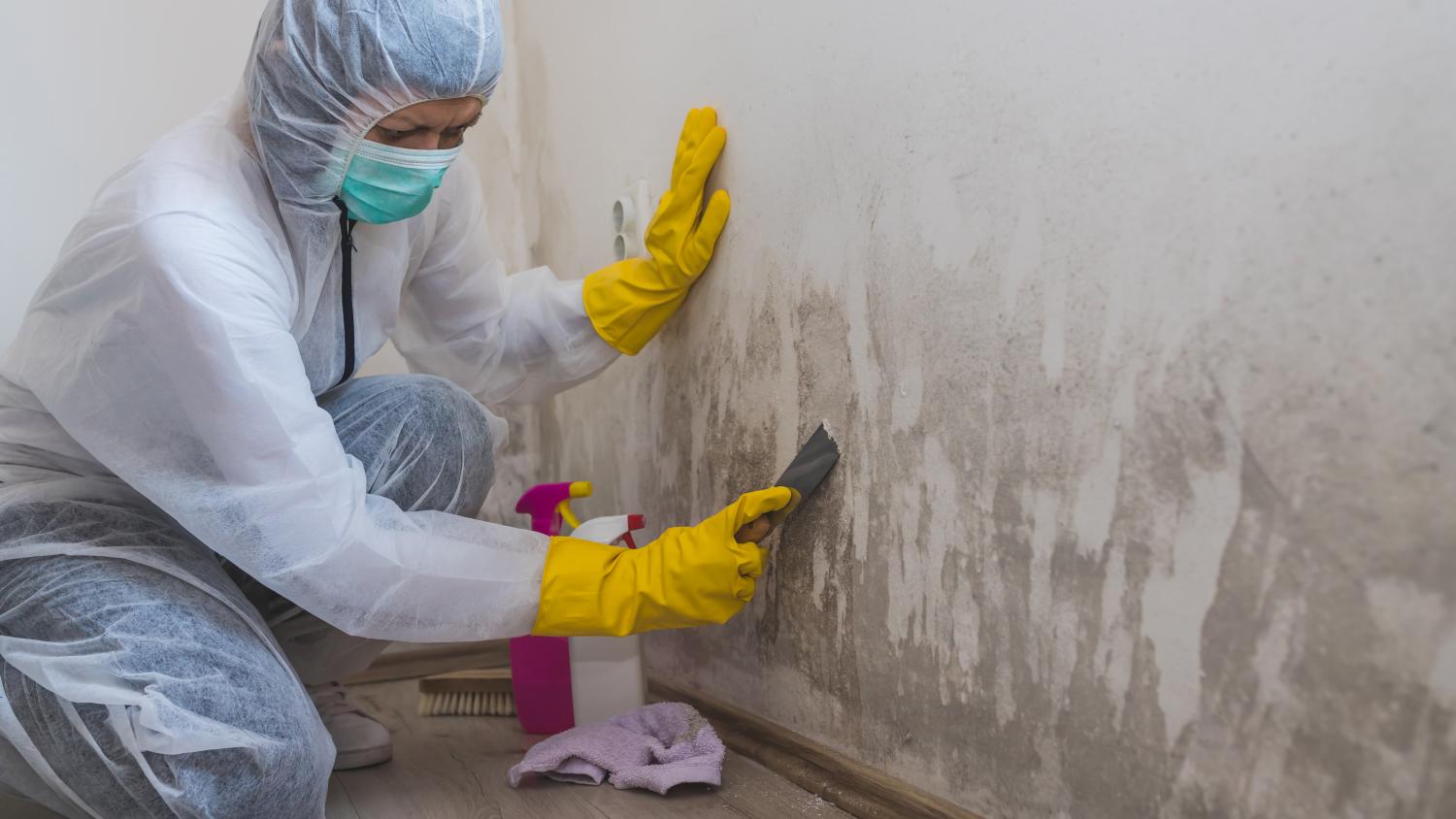
How to get rid of mold at home
Read more

How to get cleaning jobs
Read more
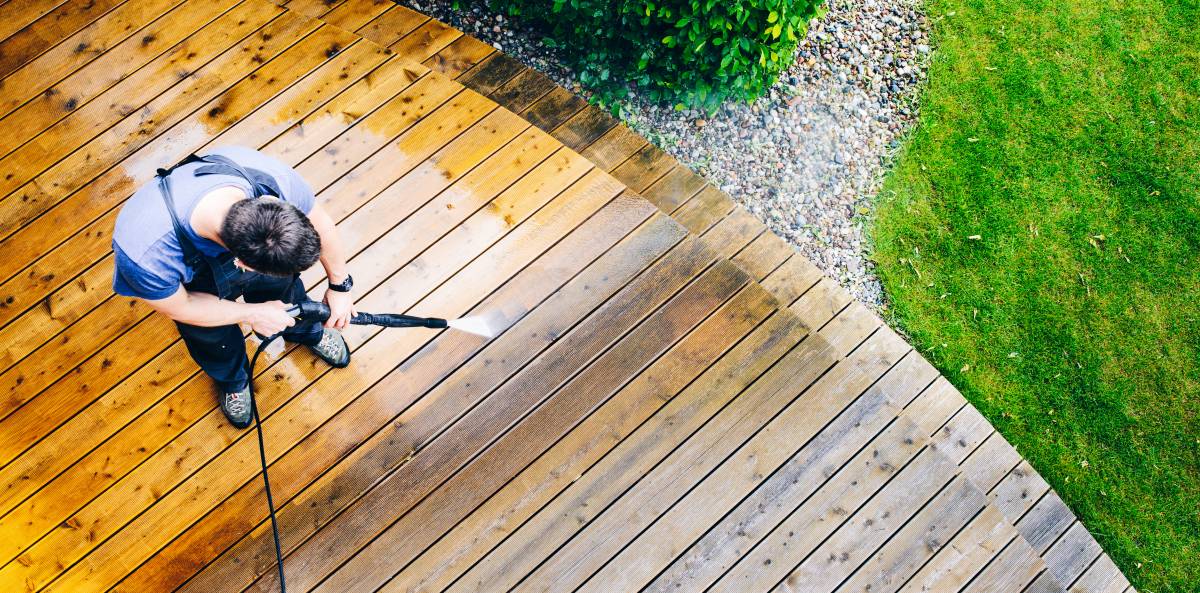
How to price pressure washing jobs
Read more

How to get cleaning certification
Read more
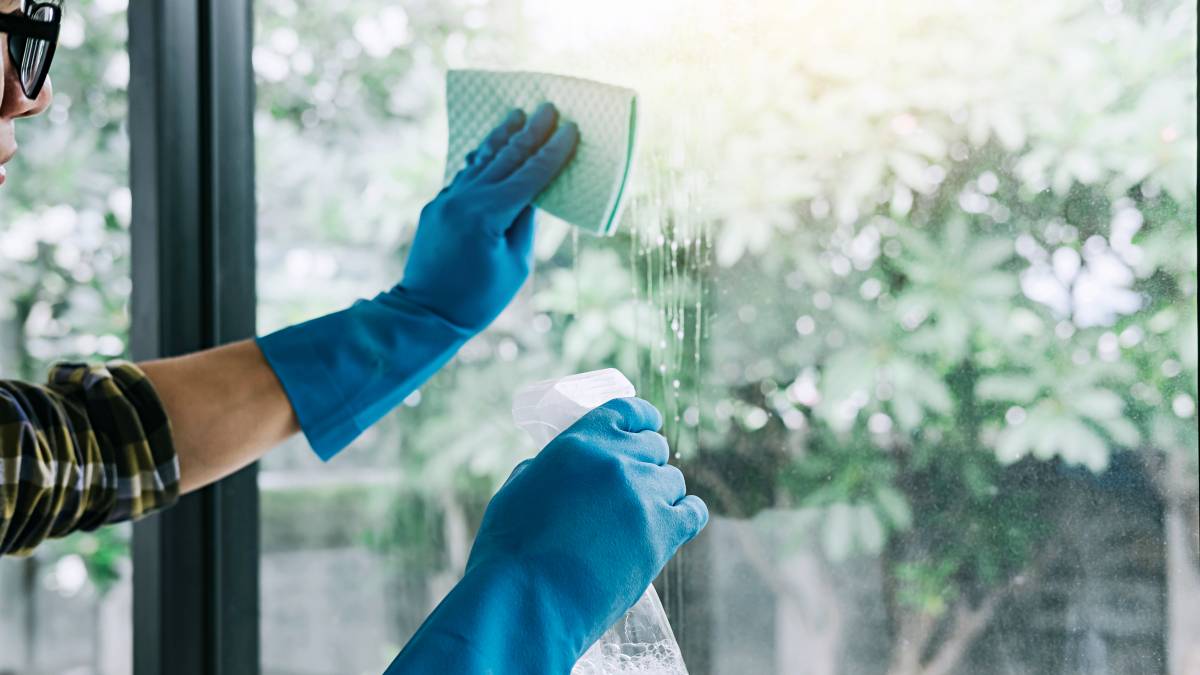
How to price cleaning jobs
Read more
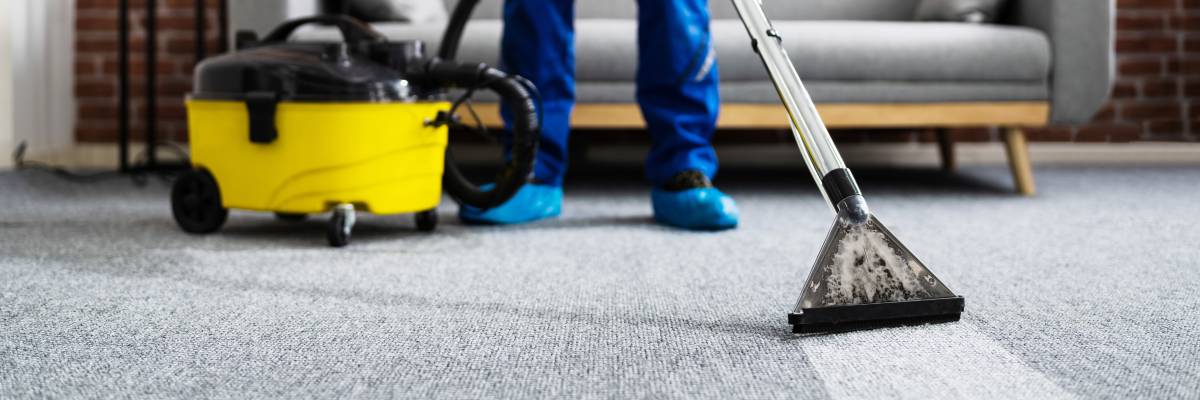
How to become a housekeeper
Read more
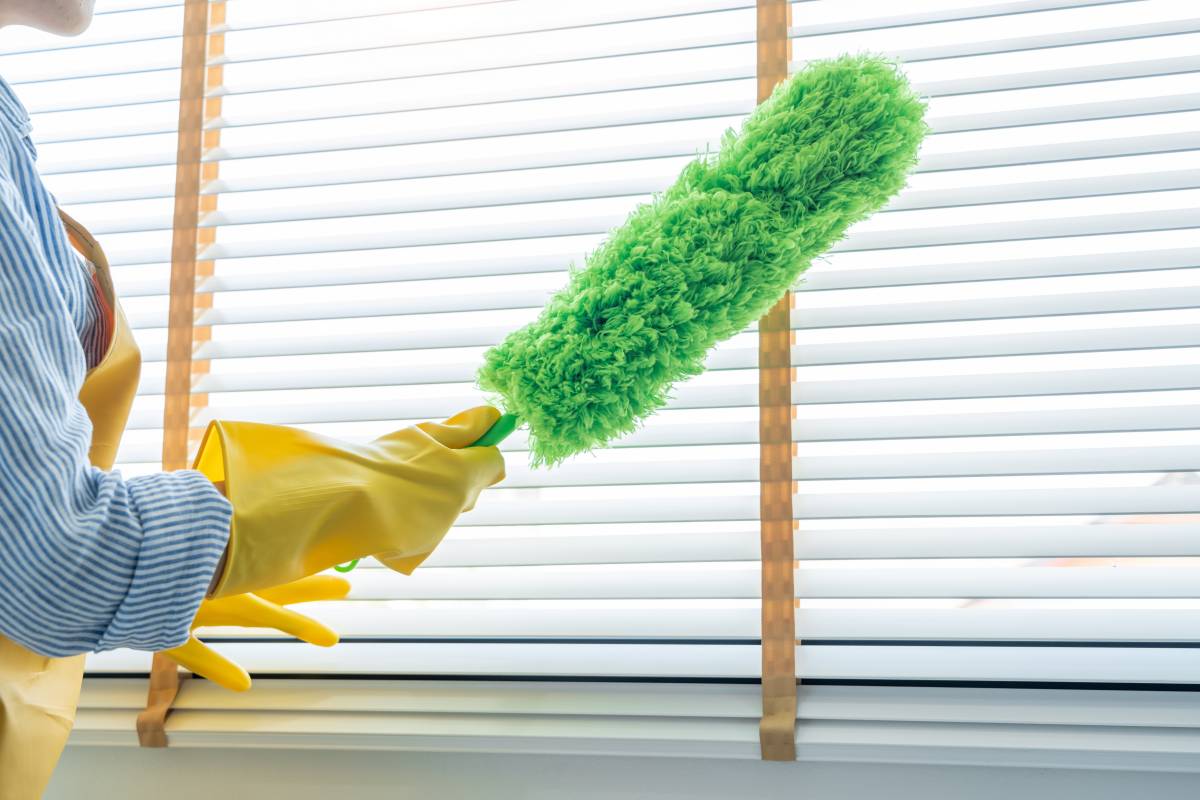
How to clean a duster
Read more

How to get rid of dust in your home
Read more
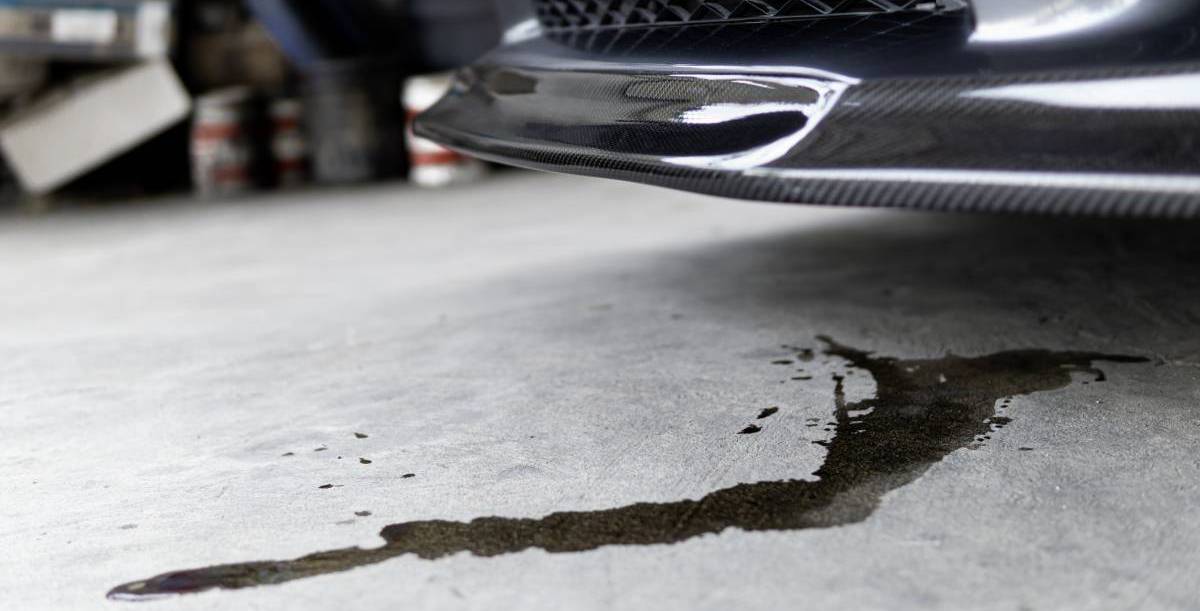
How to clean a garage floor
Read more
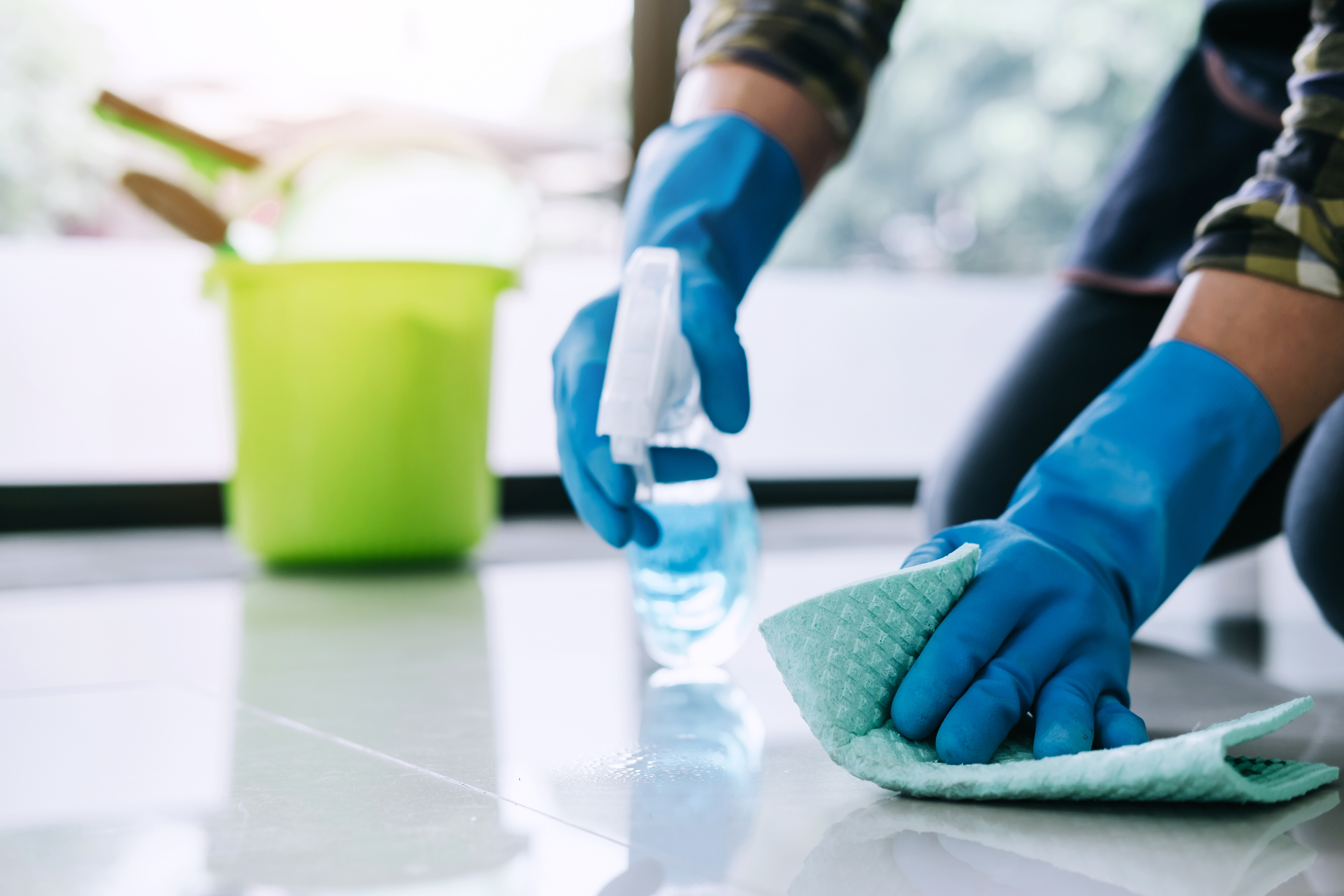
Move out cleaning checklist
Read more
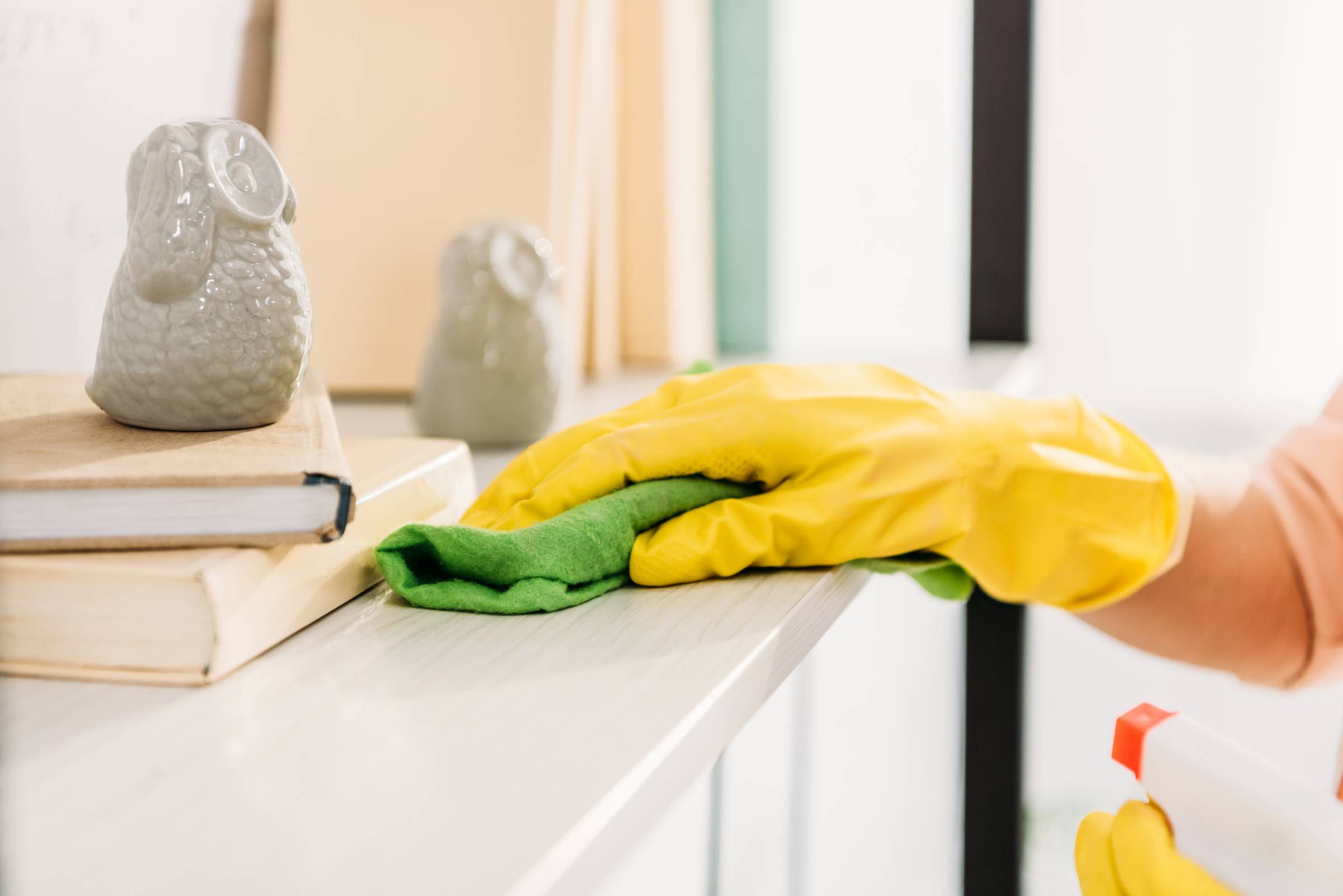
The ultimate spring cleaning checklist
Read more
Related price pages
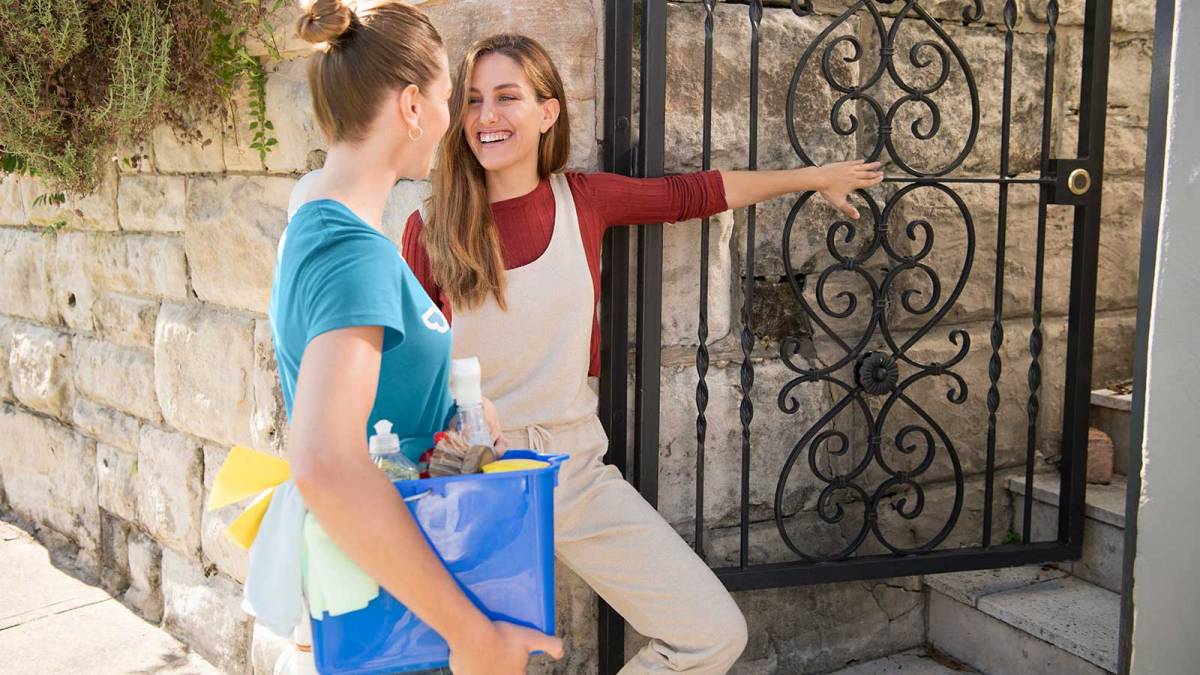
Average price of move out cleaning
Read more
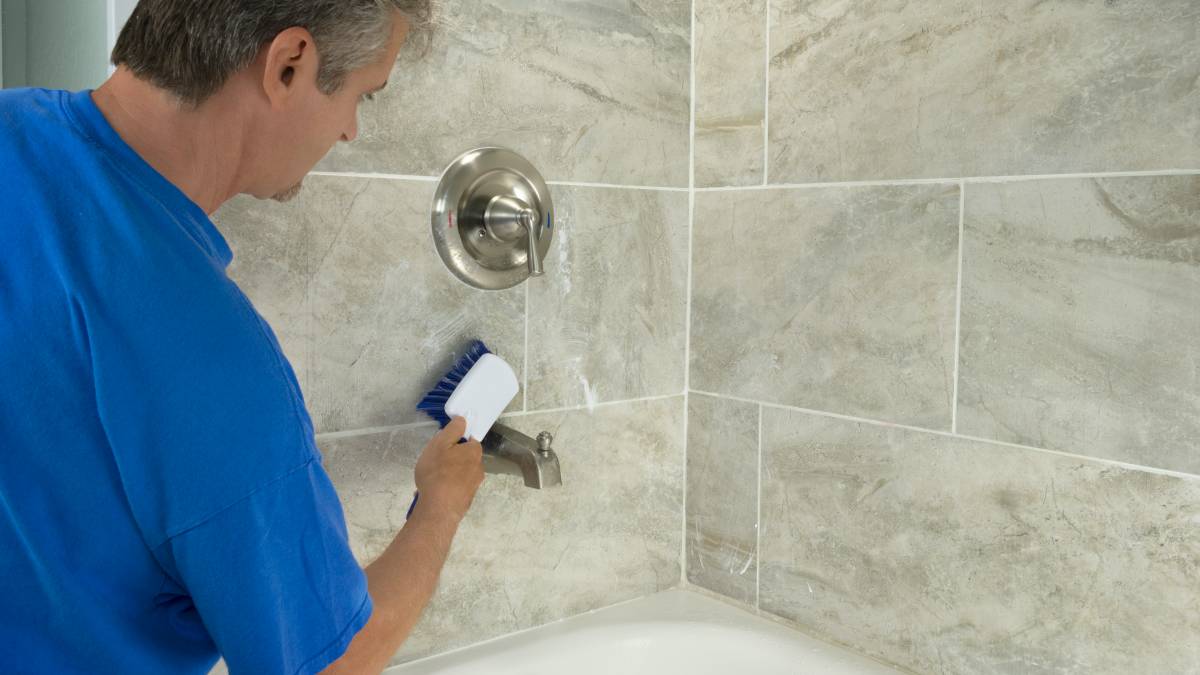
How much does tile cleaning cost?
Read more

How much does a cleaner cost?
Read more
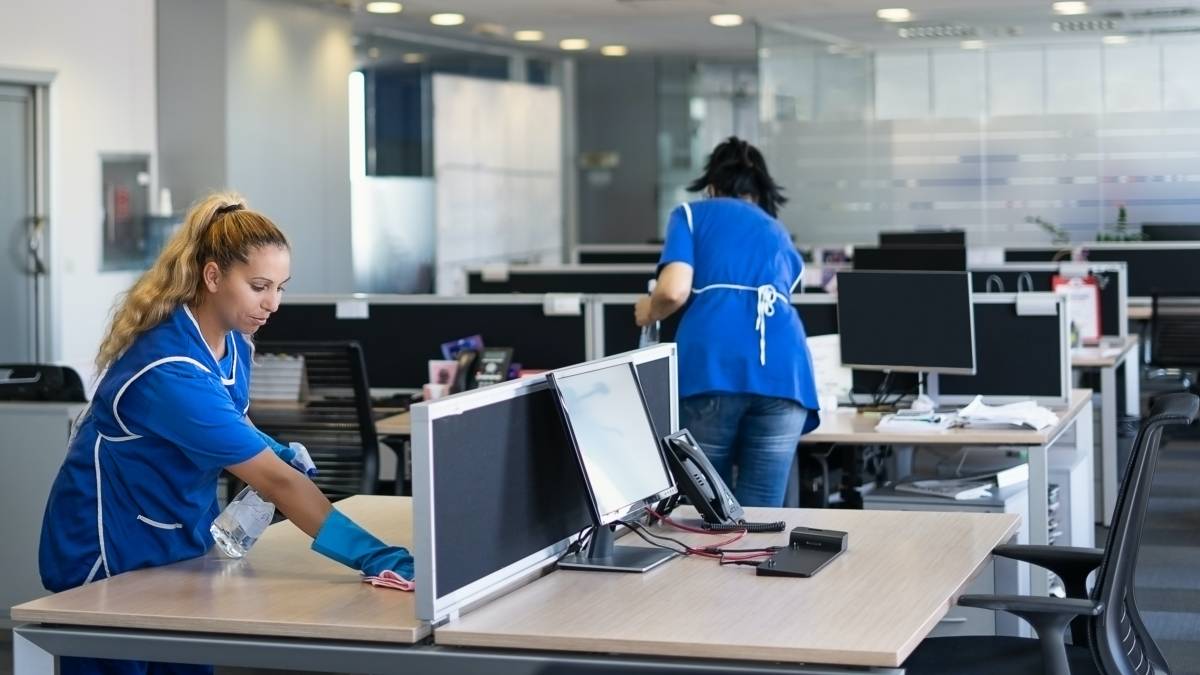
How much does office cleaning cost?
Read more

How much does attic cleaning cost?
Read more

How much does floor cleaning cost?
Read more
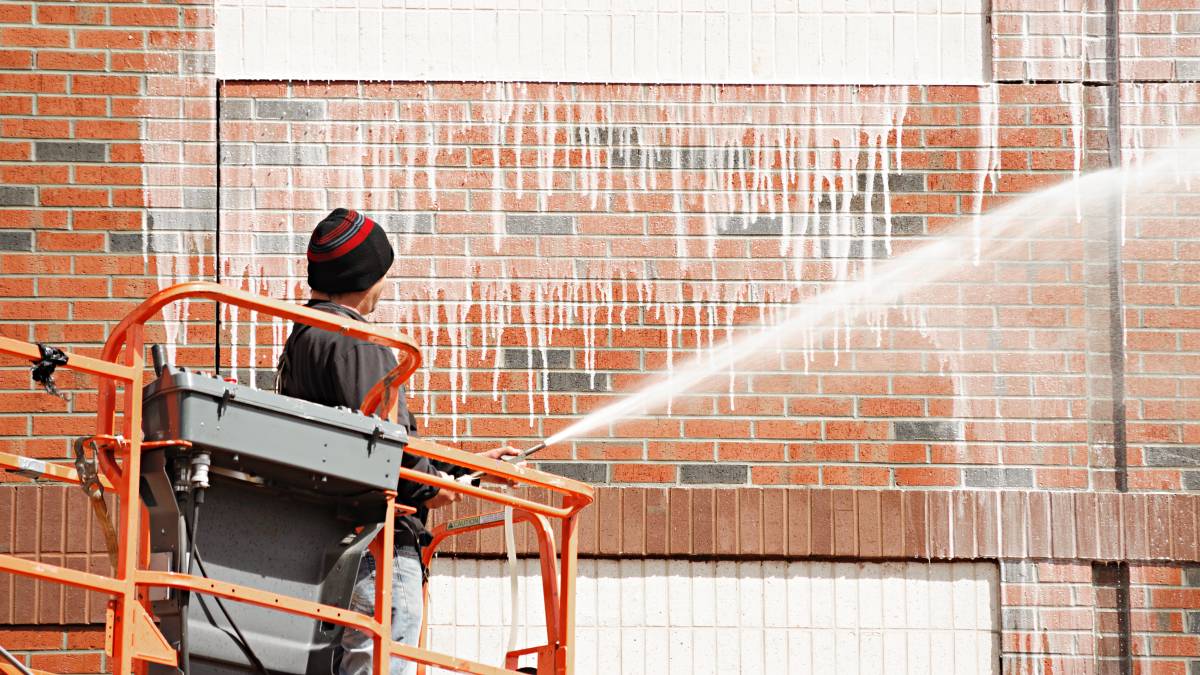
How much does brick cleaning cost?
Read more
